|
I was one of the few people in Ithaca who was not at the national bird dork conference this week, so I had lots of time for hikes, creek sitting, small animal tracking, photographing tomatoes as if they were newborn humans, pig roasts, pond swims, rainy farmer's market treats, yoga downtown, and salamander crossing guard walks. Before I got married and lived with my husband, and had a job rather than being a grad student, I was better about spending time outside on hikes and meanders, but then this person came along who I enjoy being with and I forget to do the other stuff. It was a week full of the other stuff and just in the nick of time to really savor the last bits of summer. #soakitup
5 Comments
Kruger National Park The restcamp gates close at 6pm and we barely made it to within sight of the Shingwedzi gate just before 6, so we could mosey our last few hundred feet at dusk. Shingwedzi is on a river by the same name. There was a whole gang of Maribou storks hanging out in a dead tree and in the river below, we saw our first hippos. We could see their nostrils peeking out above the water and occasionally a little baby hippo would float up and get nuzzled by the adults hanging out in a circle. Blacksmith lapwing Stop. Don't strain your eyes in an attempt read my penmanship which earned me an unsatisfactory in 1st grade and has yet to improve. I interpreted below with additions: From my journal: 4/7/16 Today we worked our way south of Shingwedzi camp along the river where things were a bit quiet, yet Eliot and I just did our list and we got a whopping 65 species (of birds). We are a bit tired and maybe over-stimulated from yesterday's bonanza day. We saw a circle of hippos all facing each other and floating down the river like a floatilla of friends in rafts on the Colorado River or the hungry hippo game. Great white egret and a Yellow-billed stork snacking on the river bank. The stork was using a wing-shadow foraging technique and occasionally using its foot to shift around in the mud to stir up goodies. Vervet hangout rock Baboon play and a Crested Barbet I could watch them for hours. Checking out the new baby Ground hornbills foraging in a group like a theatrical search party noshing on mollusks and other things that were hard to identify. We stopped for a picnic and a hike at Mopani Rest Camp. Mopani overlooks the Pioneer Dam and it is in the heart of mopani shrubland. Mopani is a tree/shrub in the Fabaceae family and it does well in the very hot and dry climate. Wee-ooh wim-o-weh. Wee-ooh wim-o-weh. In the jungle, the mighty jungle....are you singing it yet? I was. It's funny how much I thought about the Lion King cartoon on that trip. Sure, I thought about all of my classes from college with (usually Kenyan) examples, but it was that first dramatic and amazing cartoon that was usually the clearest in my mind. They got a lot of things right and I haven't gone back to fact check (though I think the baboon might be especially wrong), but I think the baobabs are drawn pretty well. Baobabs (Adansonia digitata) are markers of a water source, but persist in hot and dry savannas. They are culturally hugely important not only because they are symbols of the presence of water in an incredibly dry place, but because they also provided shelter, edible fruit, a place for gathering and provide many natural remedies. They are the cottonwoods of the American west to me. They can live to be 1,500 years old (we think) and anything with that kind of history also has quite a few superstitions attached to them. A book to be written another day. Inverts of the fence Letaba River Bridge. Apparently, it is ok to get out of your car on large bridges. Then, at least, you can see the lion charging toward you before it eats you. We stopped at Letaba restcamp for a walk. It is lovely. If we go back, we might just have to stay here. This hippo was foraging with some Crested guniea fowl. The BIG 4/5 before we saw our first rhino!
Sometimes you need to leave work before the sun sets. Luckily, our new Canadian friends taught us how to play Crokinole, and it is super fun! 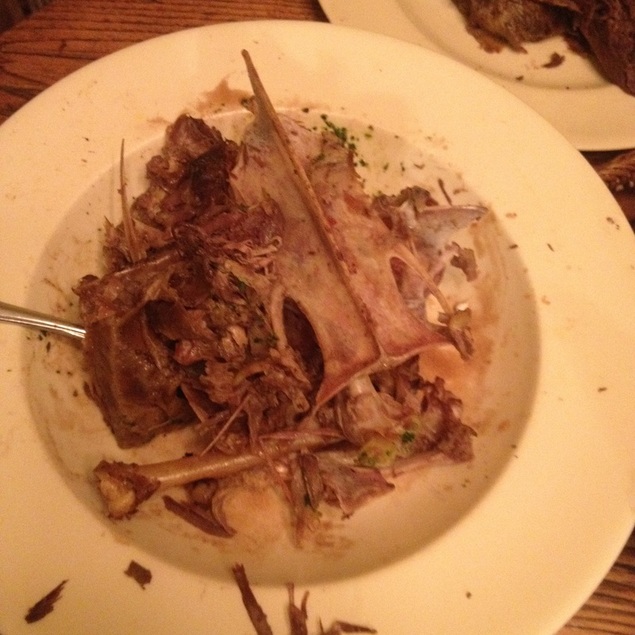 Tasty Mallard 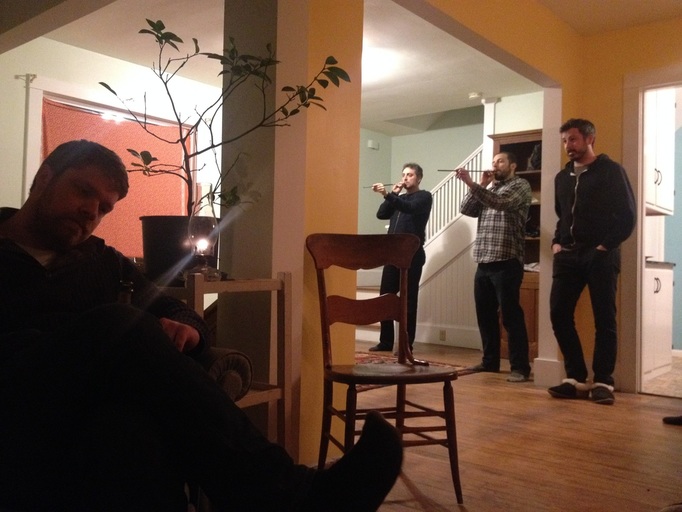 It isn't a real party until there is a blow dart competition. Bathroom art is important. The Cayuga trail blazes are works of art. Below, old and new beaver sign. There is nothing for scale, but that Cottonwood is one of the largest I've seen. A stop at our local brewery, Hopshire, for some sunset behind oak. Sunday brunch at Classic Chef's in Watkins Glen before some chilly, but sunny hiking. This place was amazing!!! There were people eating old school tall dish sundays, rice pudding, BLTs and dressed up! The lady behind us had definitely had her hair done and her most exquisite clip on earrings adorning her ears. It was like a little time capsule with perfect home fries, golden glittered formica tables and chunky white coffee mugs. I love diners! You can even see a waterfall from the diner! Check out these sweet bathroom tiles! Below is a hike in Watkins Glen State Park. The lower trail is closed due to its state of ice, but the upper trail had great views, hemlock, sunshine, flocks of birds, and we finished up at an area with a lot of cattail and a hemlock hammock tree. It was a grand adventure. And then, the Superbowl, biologist style, with a a little hedgehog friend at half time.
After my second Christmas Bird Count (I'll cover this in the next post) in a couple of weeks on January first, I was ready for some fast/sweat-inducing hiking on the the 2nd. So, we set out from home and did a hike that connected some local preserves. It was a bit gray, but the blanket of snow made for a nice backdrop for pops of red (and Eliot's new hunting safety hat). We need to keep working on our winter tree identification skills and animal prints for that matter, but there were a few old favorites we remembered. Below are some photos from the hike. Beech leaves still clinging on. A surprisingly active spider. Yellow-bellied sapsuckers drill these wells on trees for the same reason that we drill holes to make maple syrup. Many hummingbird species feed from these sap wells and some even time their migration to align with Sapsuckers. They are the only woodpecker in North America that migrates. Snowcatcher nest American Witch hazel (Hamamelis virginiana), called winterbloom by some, has a showy flower in October and November. Quite the floral treat for winter eyes. The petals have fallen here and now only the calyx remains. Aside from being one of the only winter flowers, witch hazel also has medicinal and historical uses. Native Americans first taught European settlers about how to use it for inflammation and it is still commonly used as an astringent. Another use that I've heard my mother's side of the family talk about is it being the best species for divining rods to locate water (a skill my Grandfather had because, logically, he was the seventh son of the seventh son). That's a story for another day. Bittersweet Clematis vitalba (Old man's beard or travelers joy): A plant that emulates the hairstyle I most wanted in 1987 Physalis alkekengi (Japanese lantern): cool, but nonnative
|
Archives
July 2018
Categories
All
|
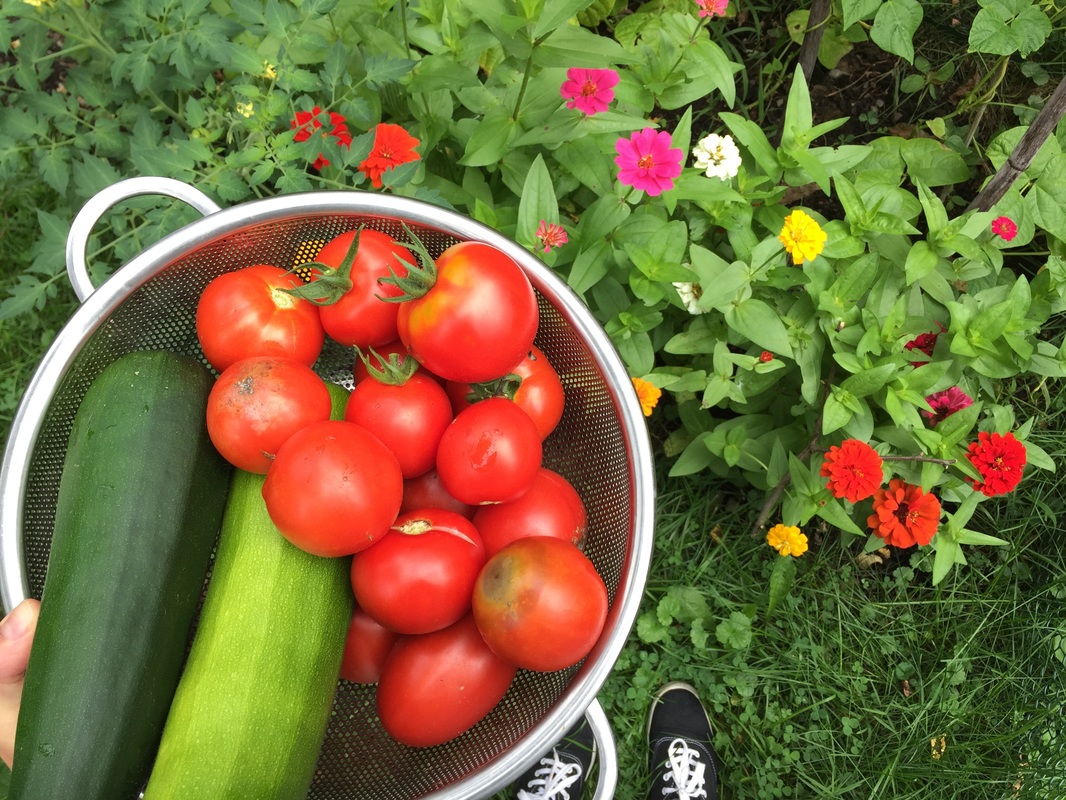

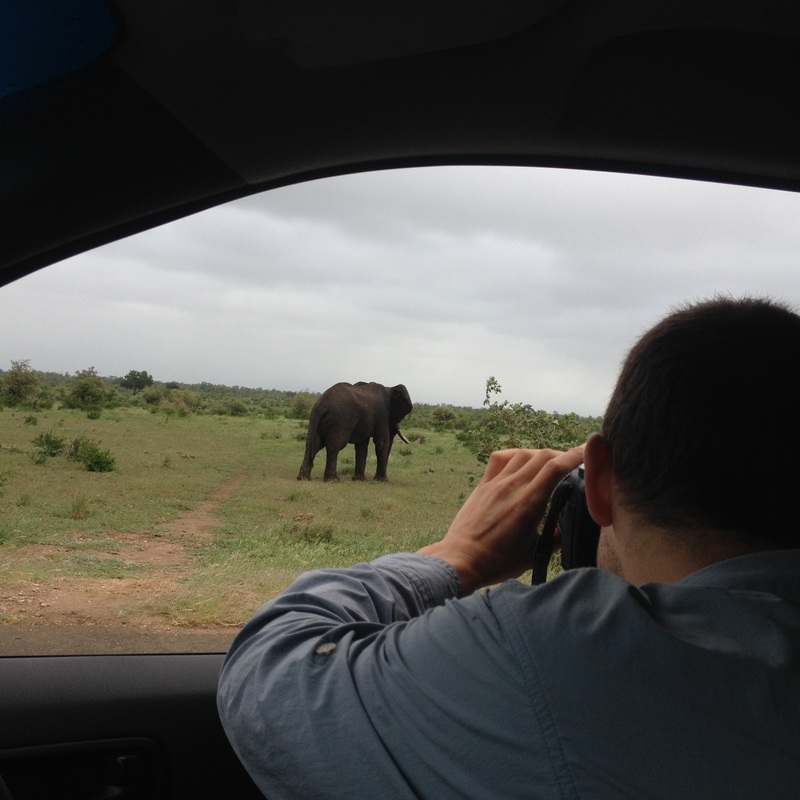
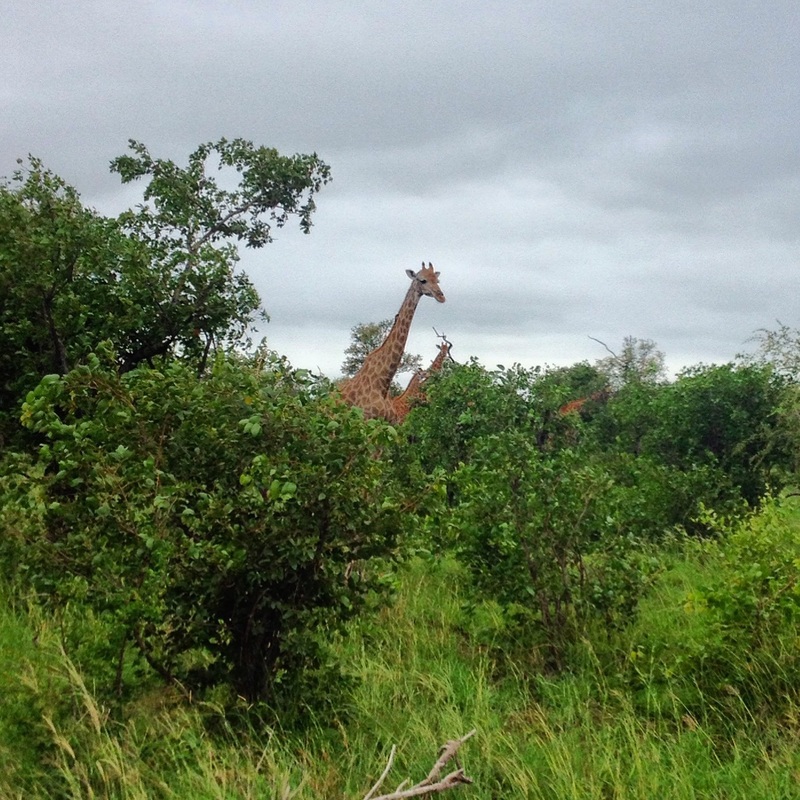
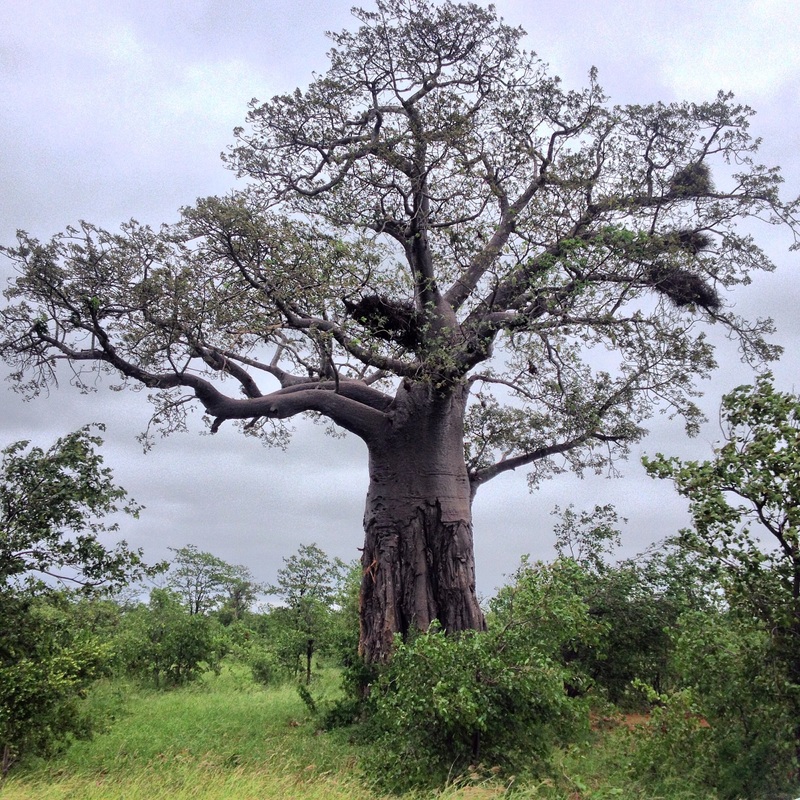
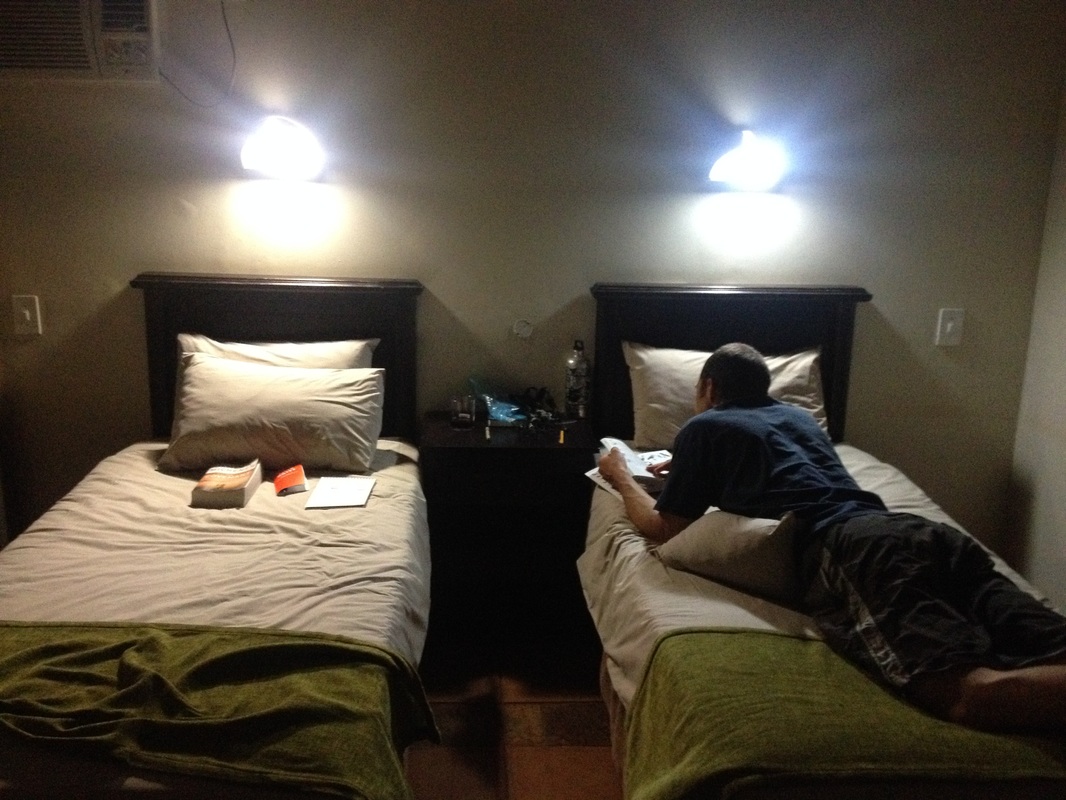
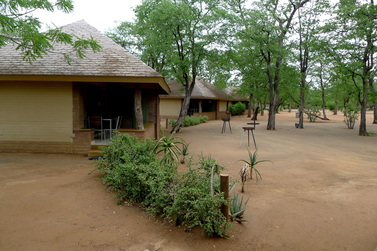
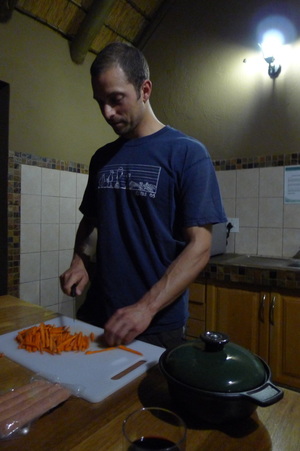

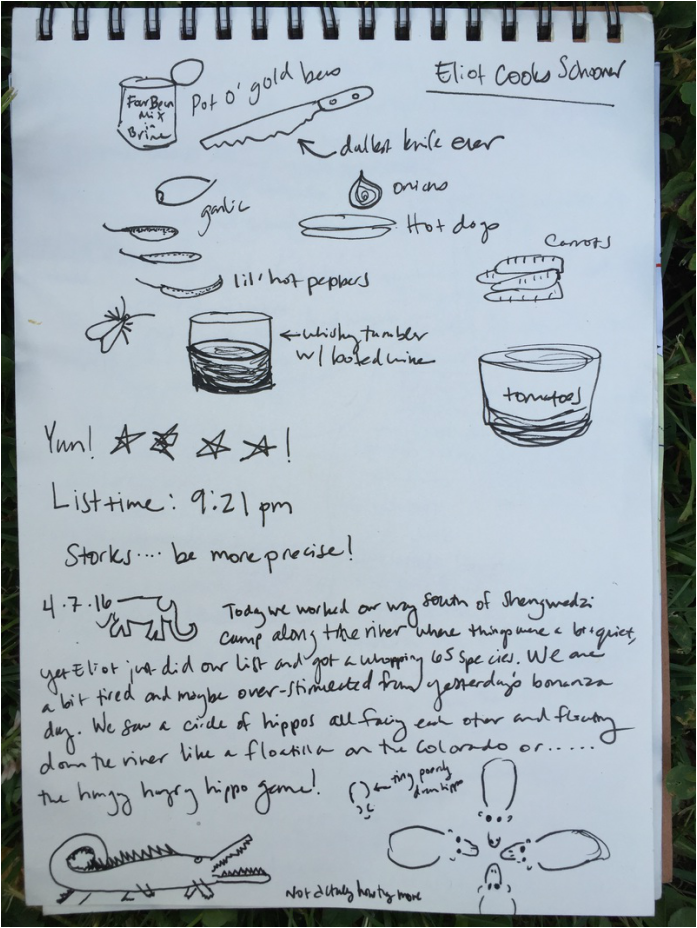
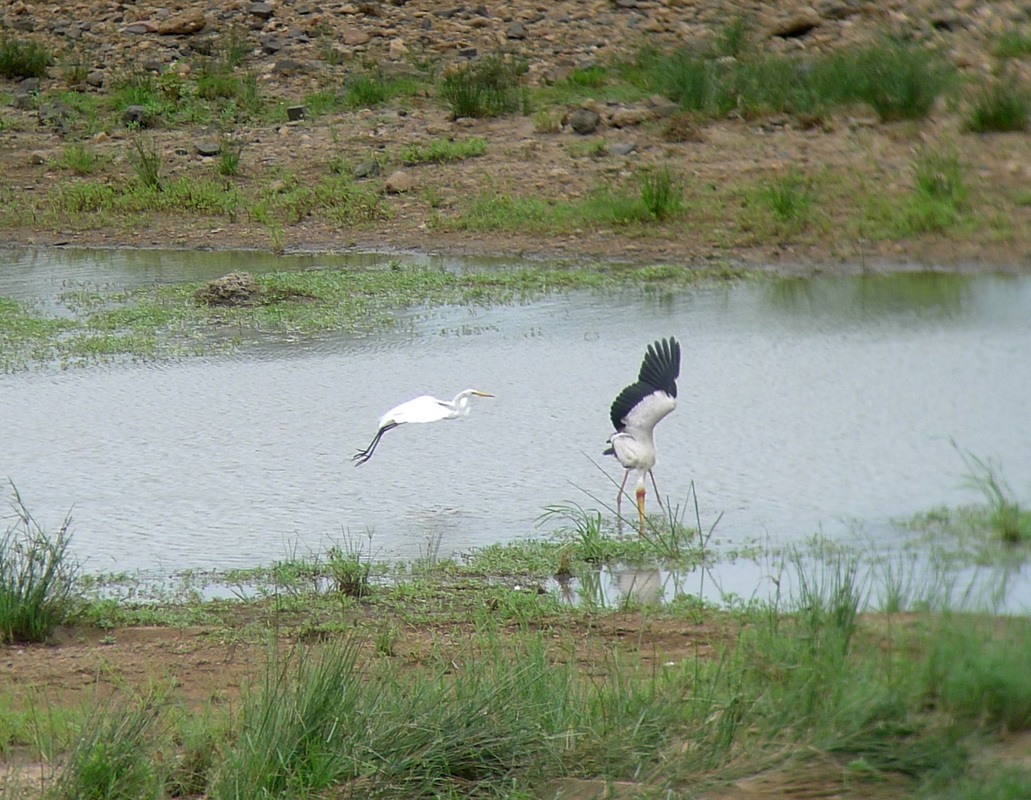
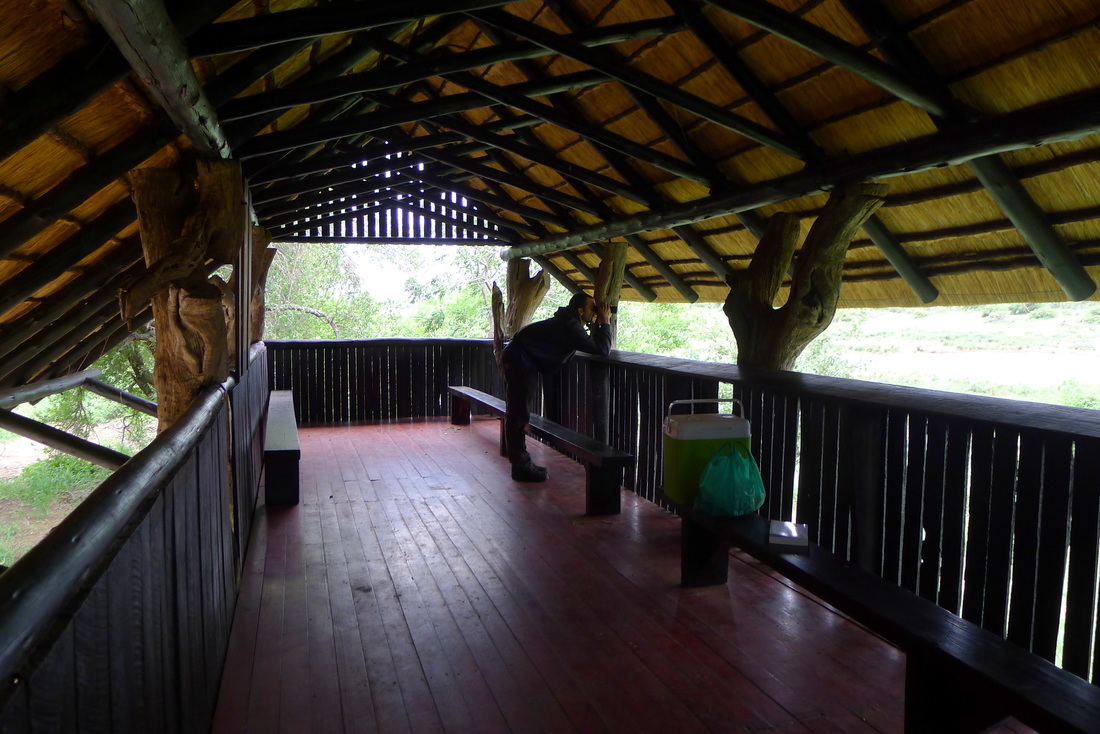
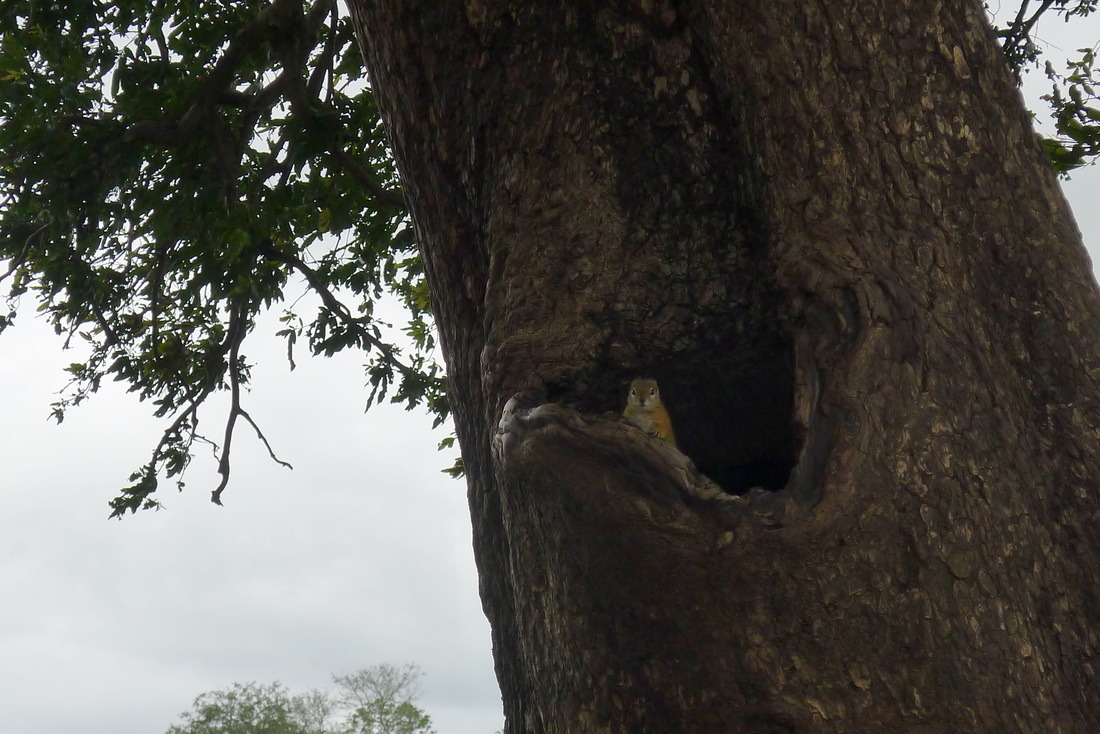
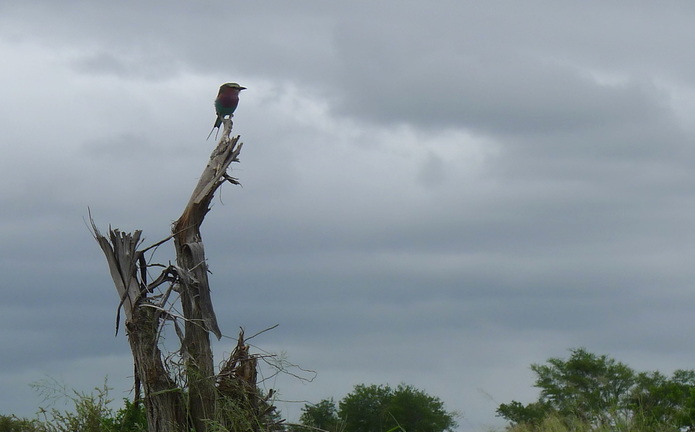
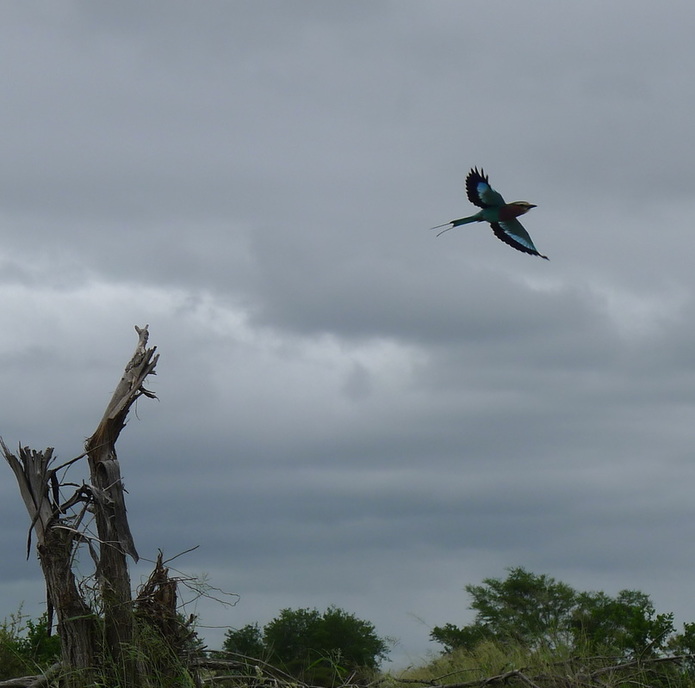
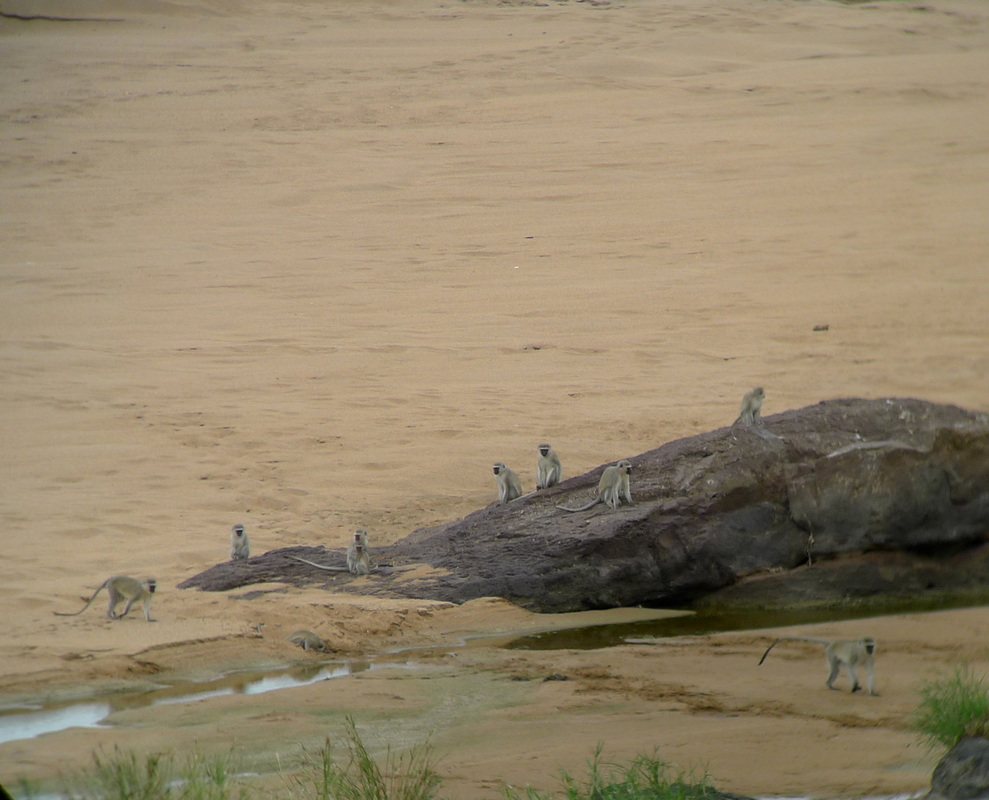
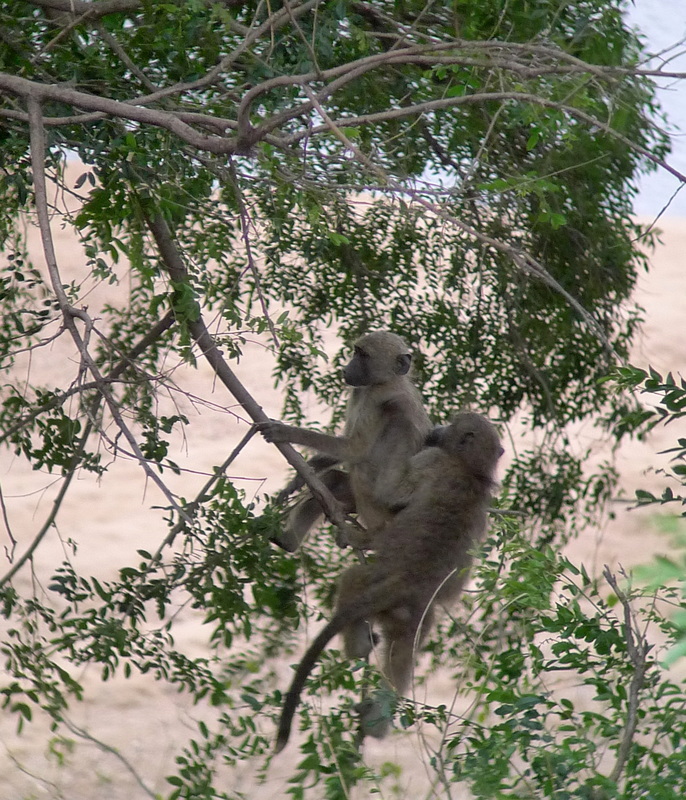
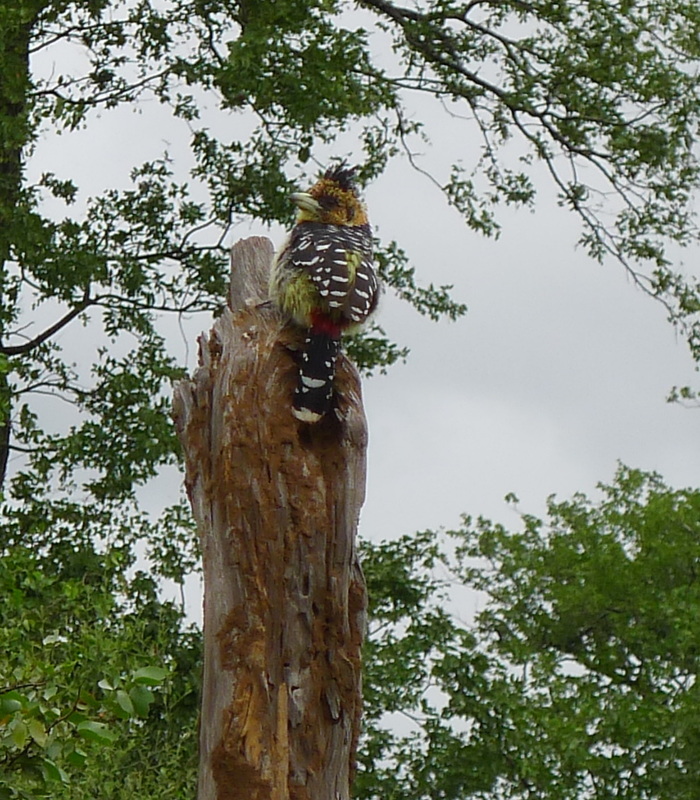
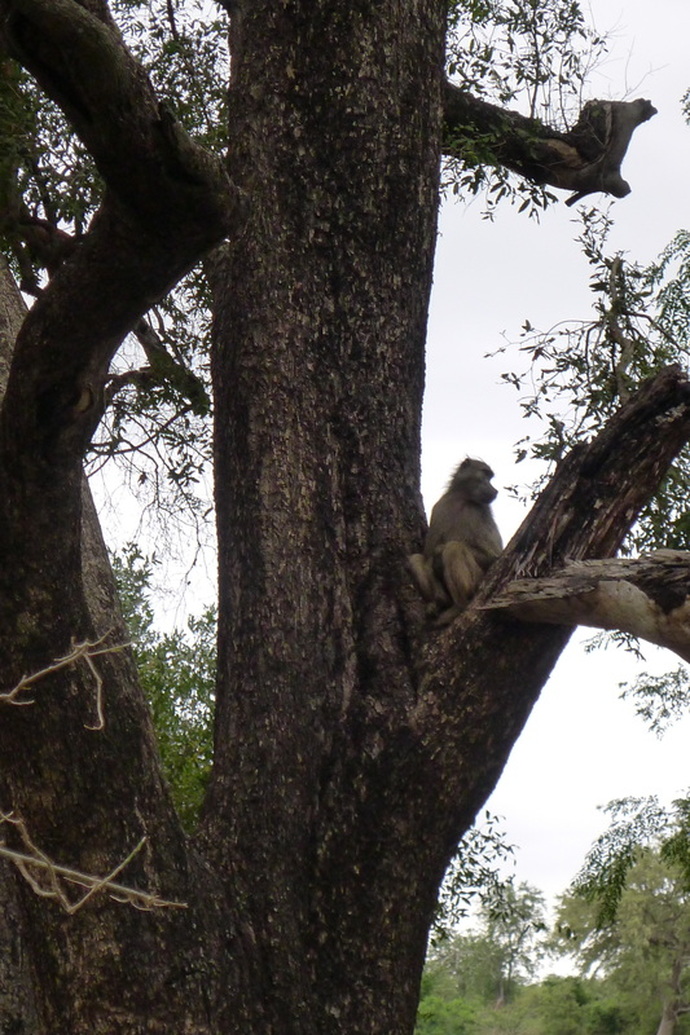
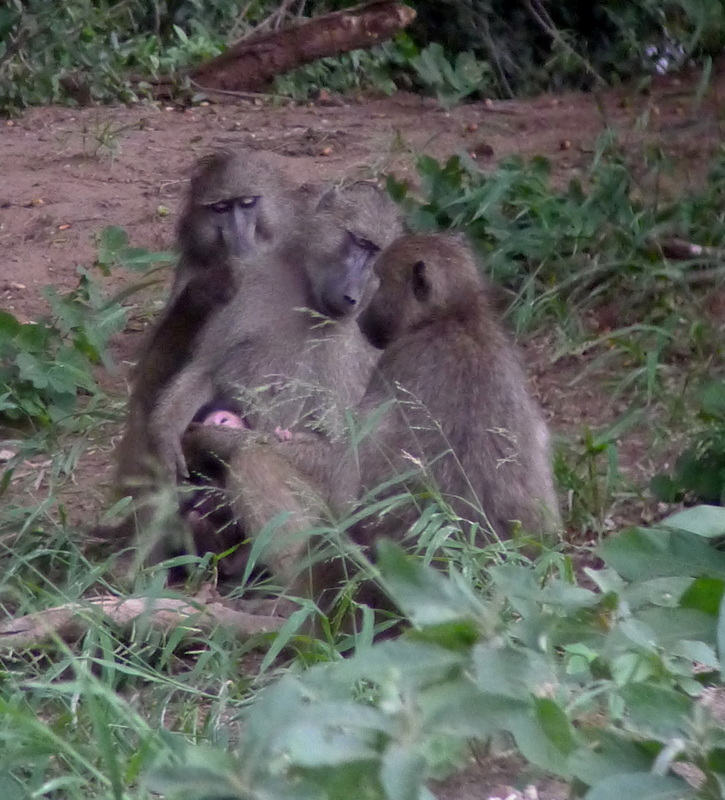
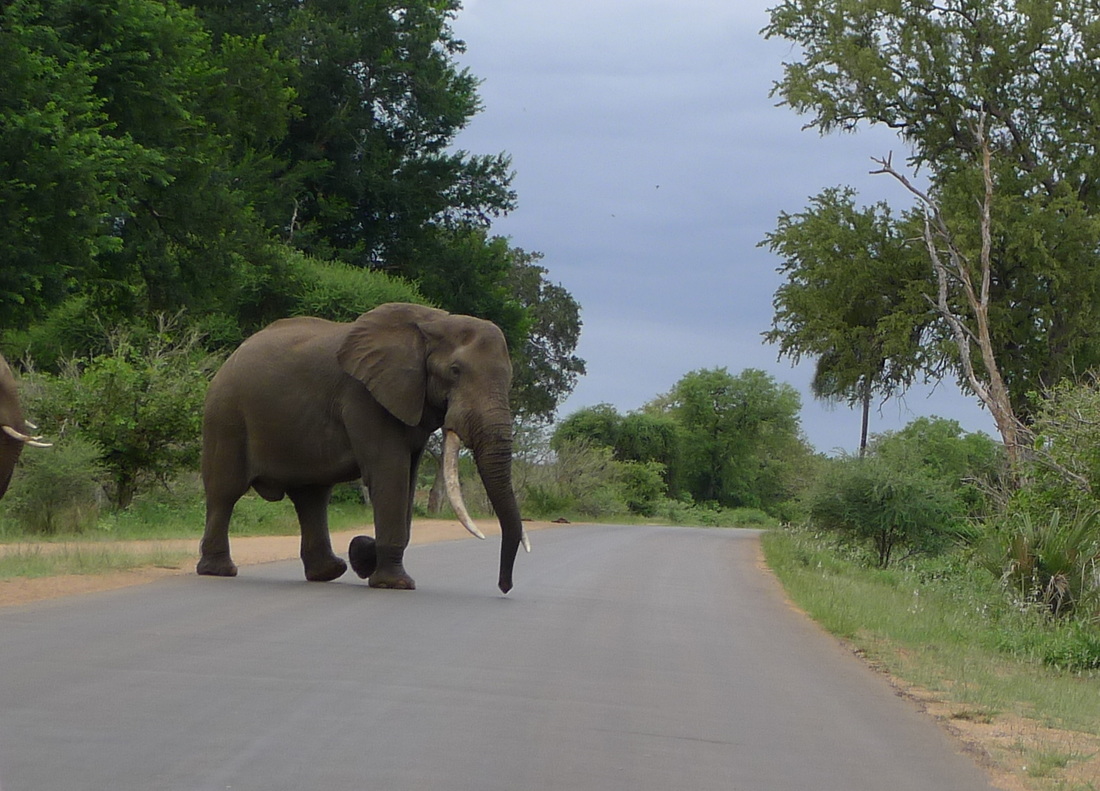
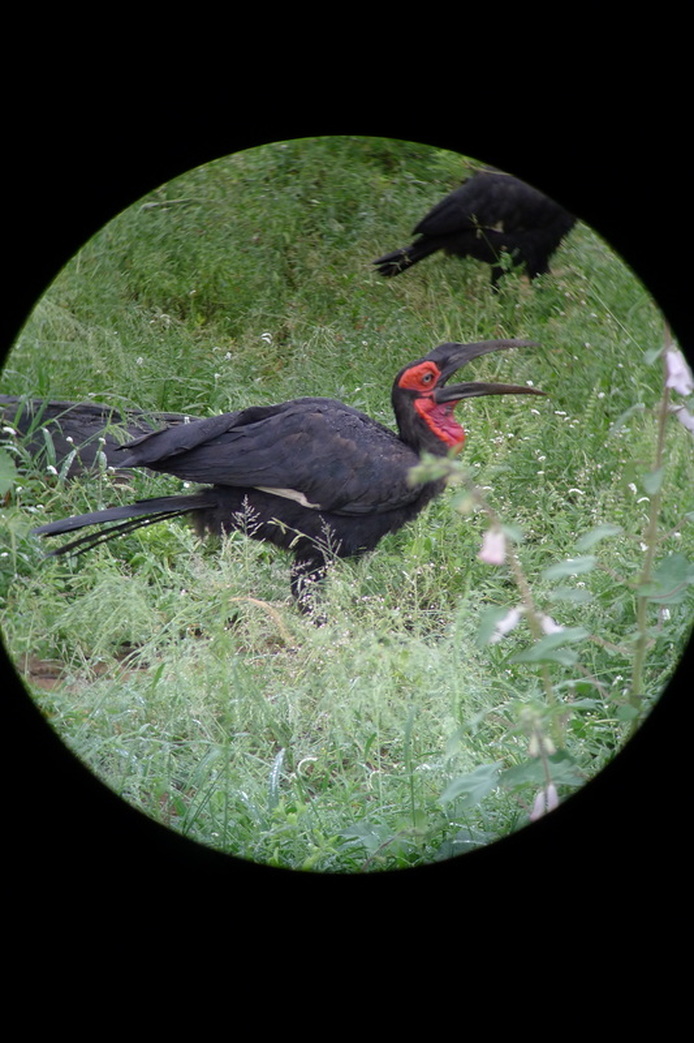
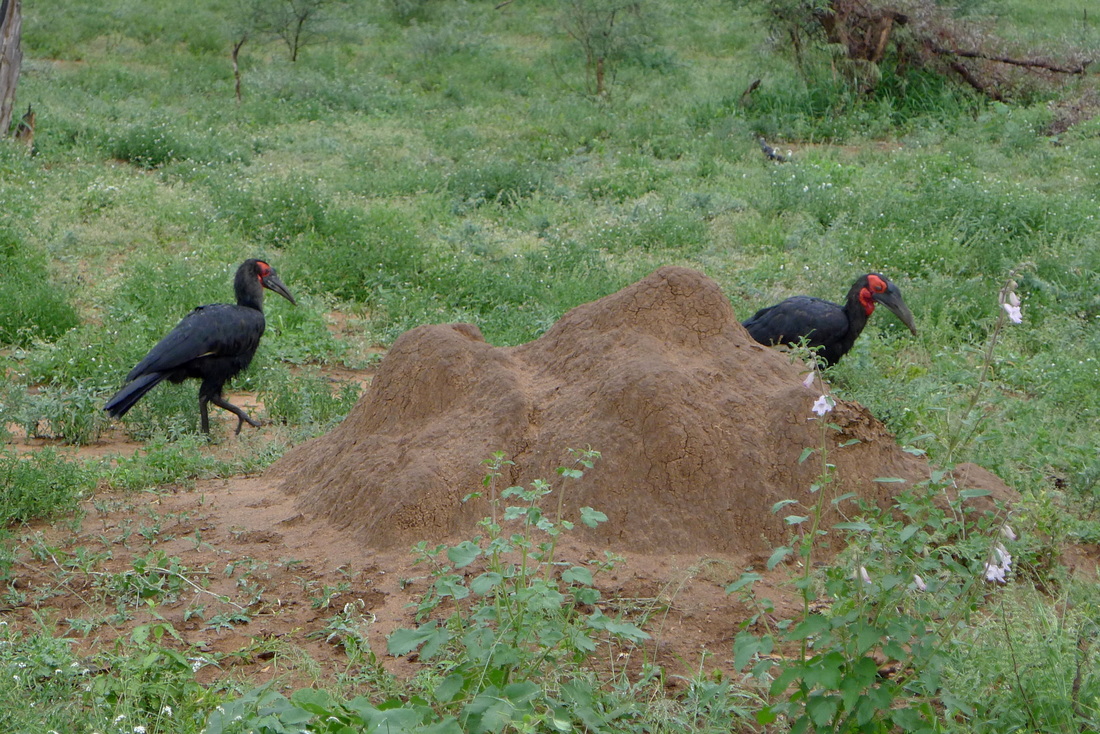
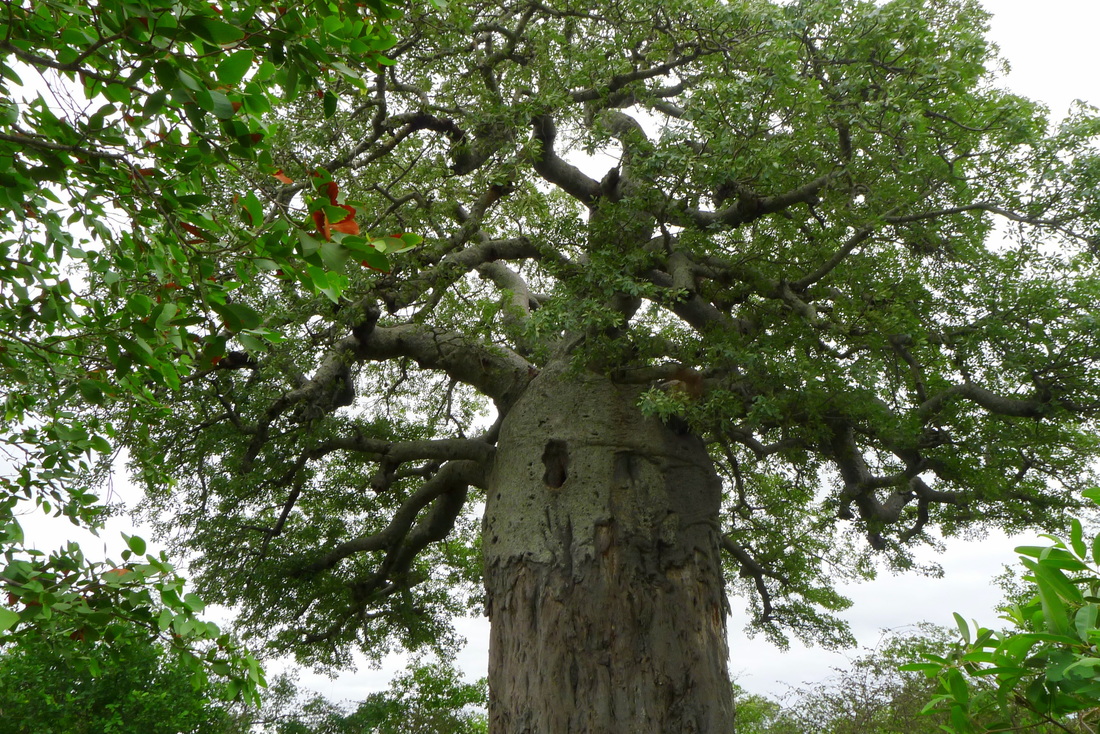
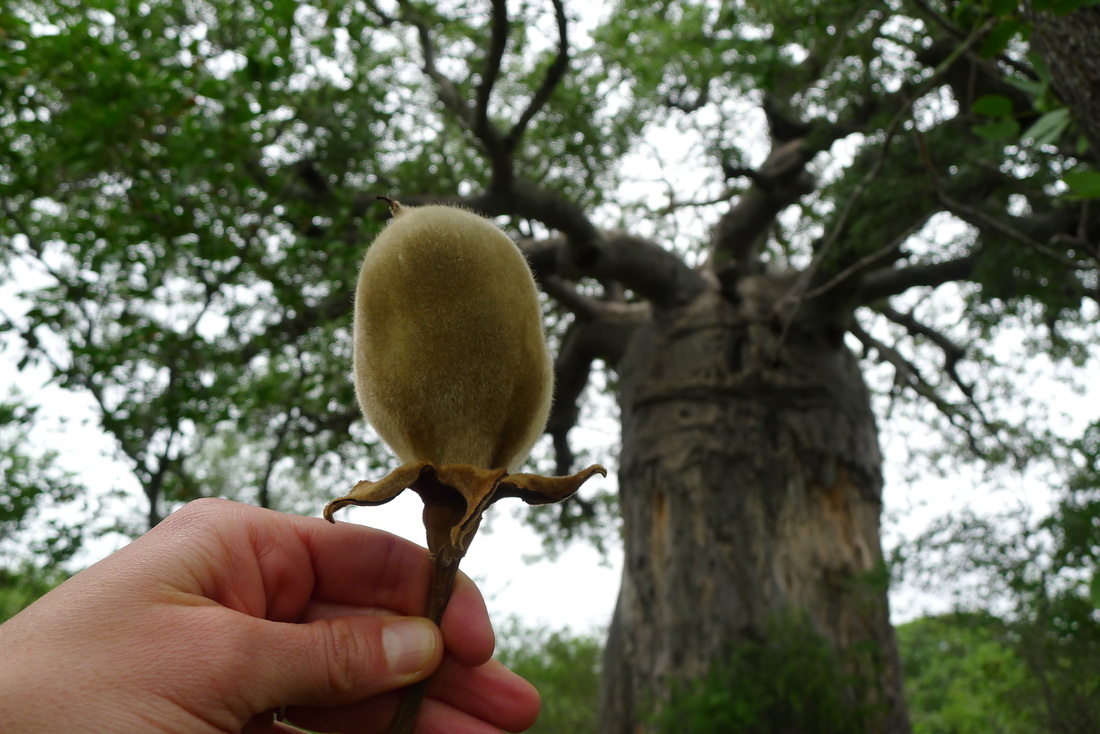
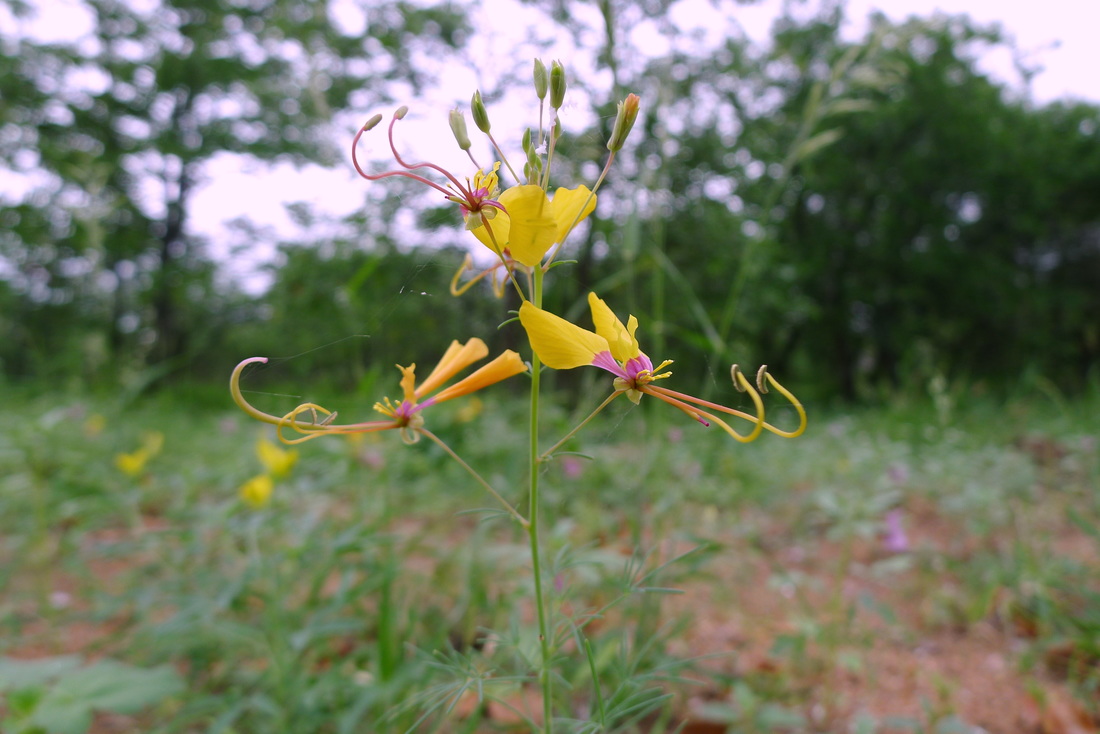
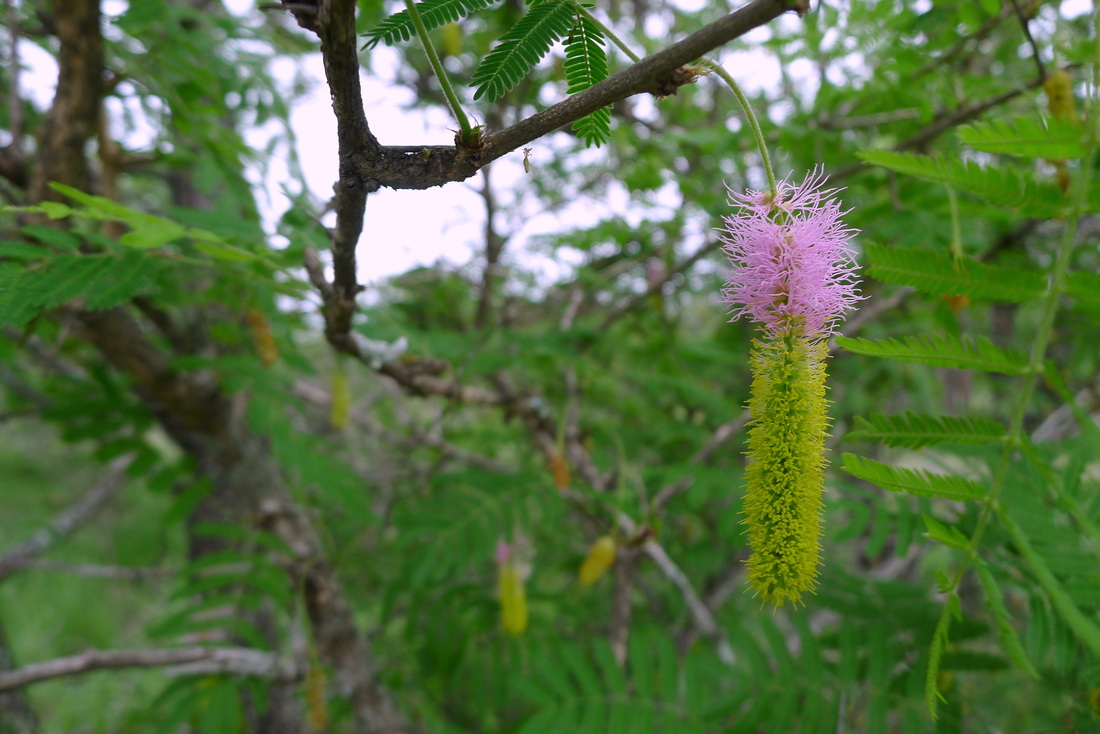
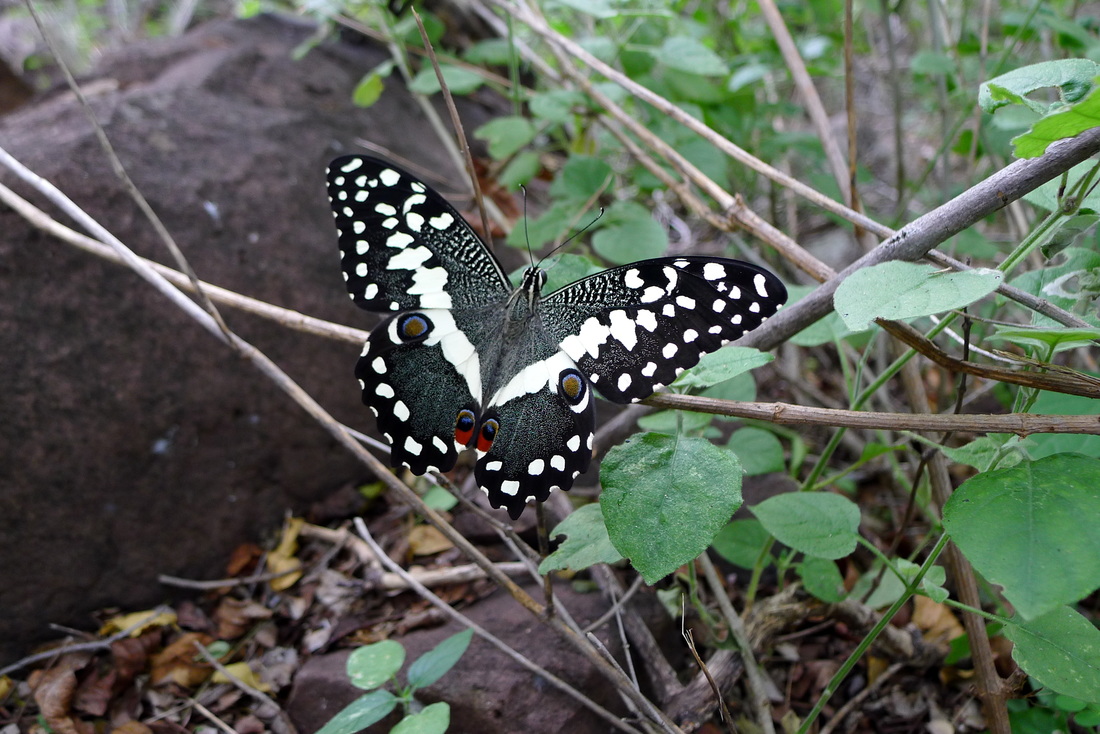
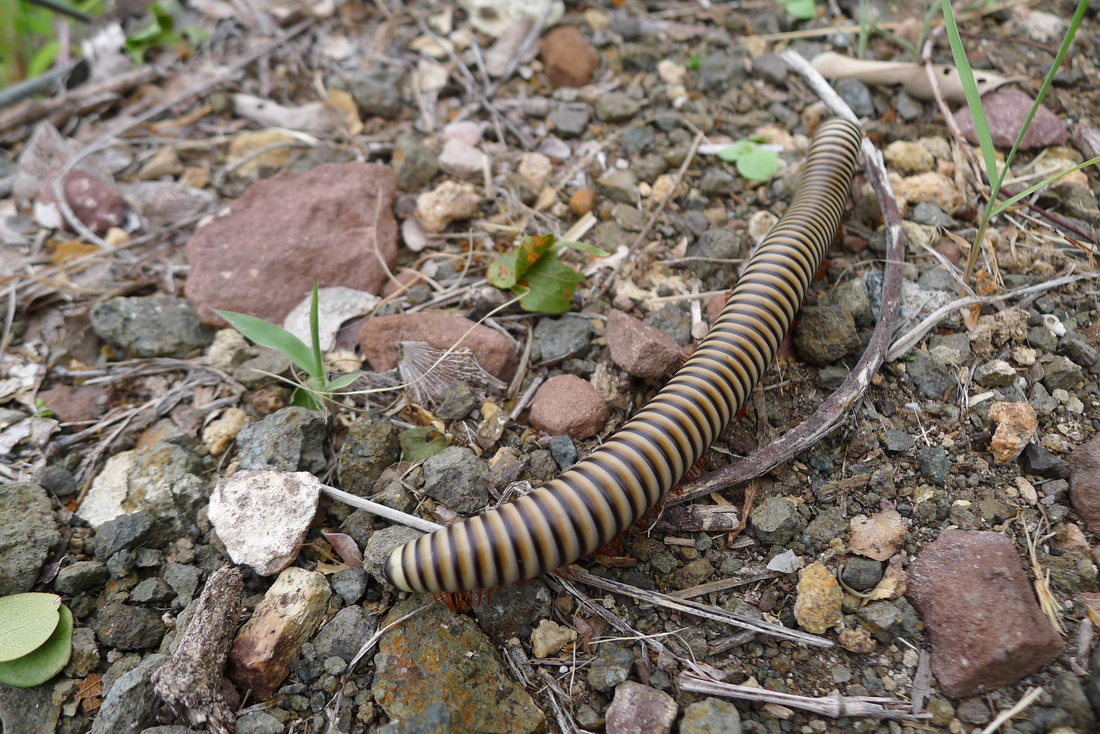

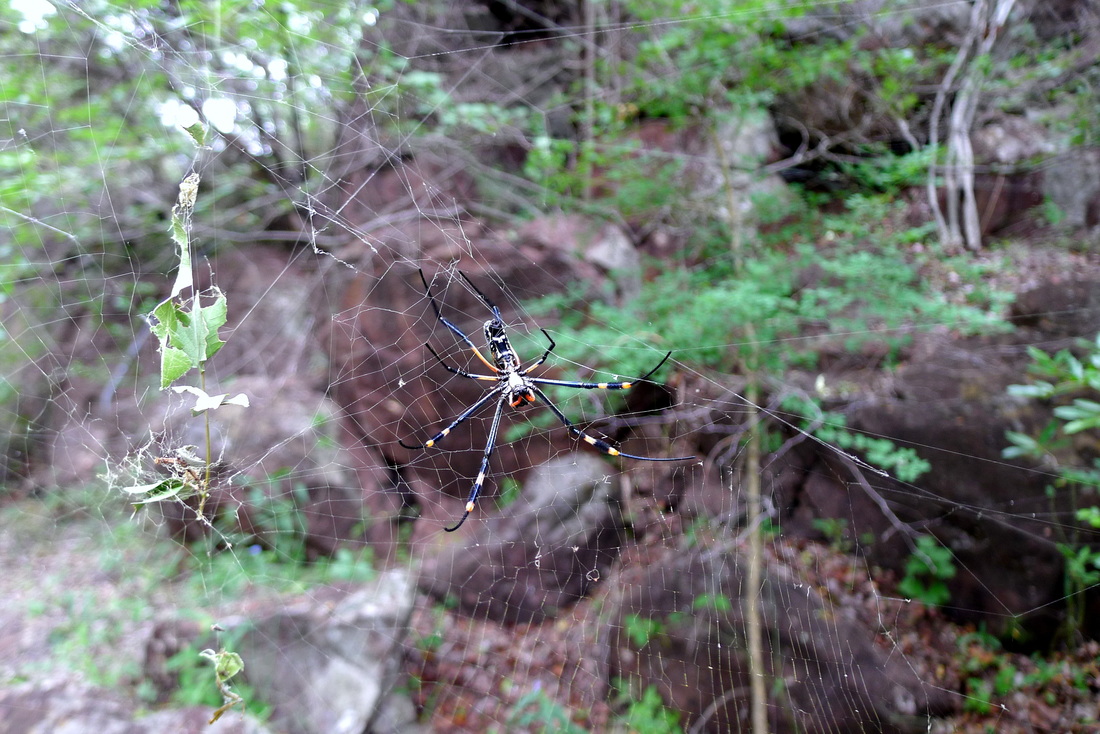
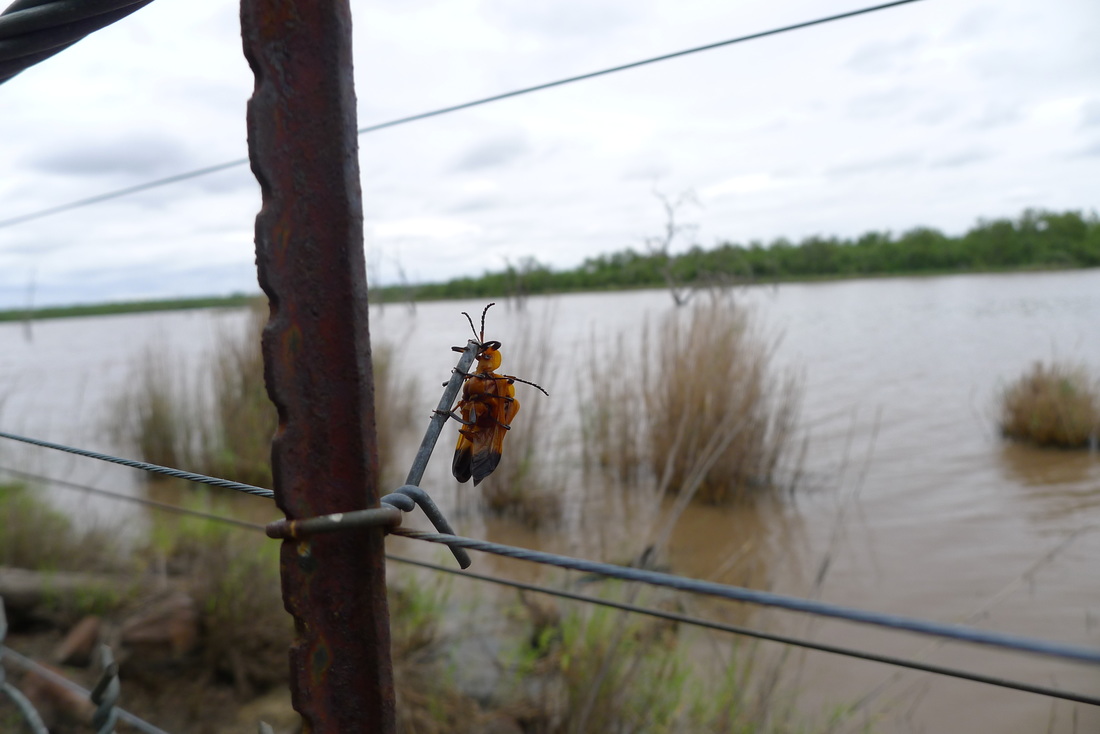
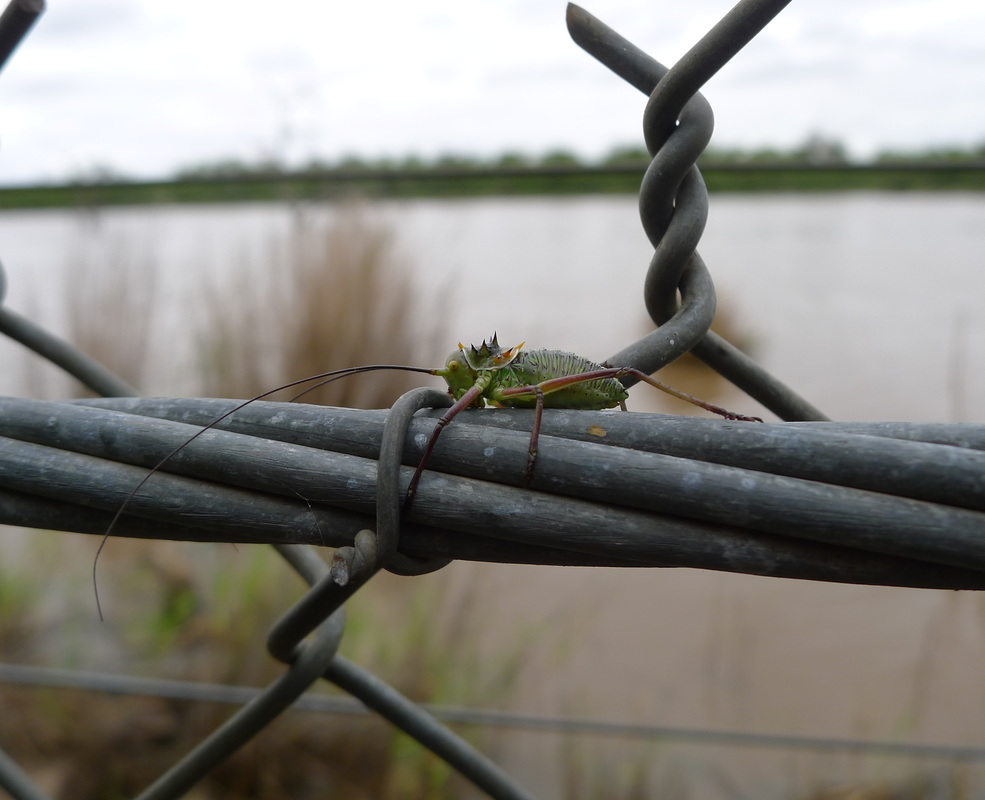
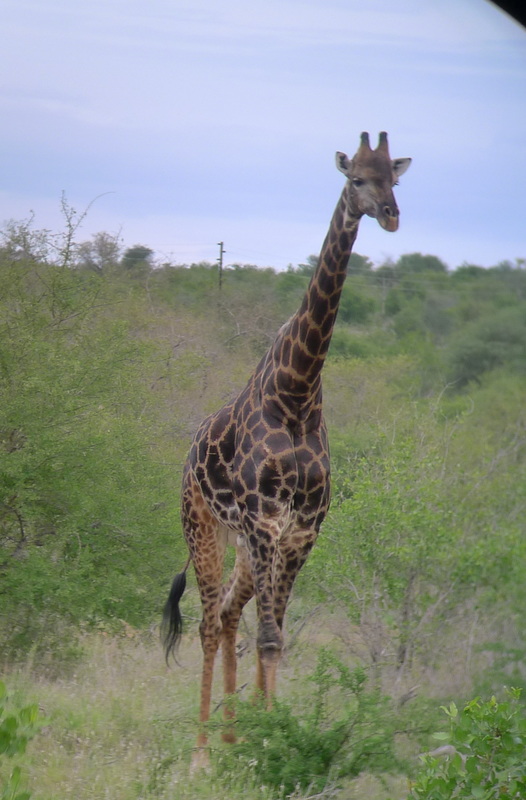
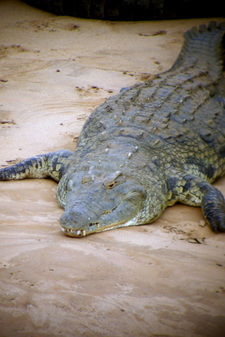
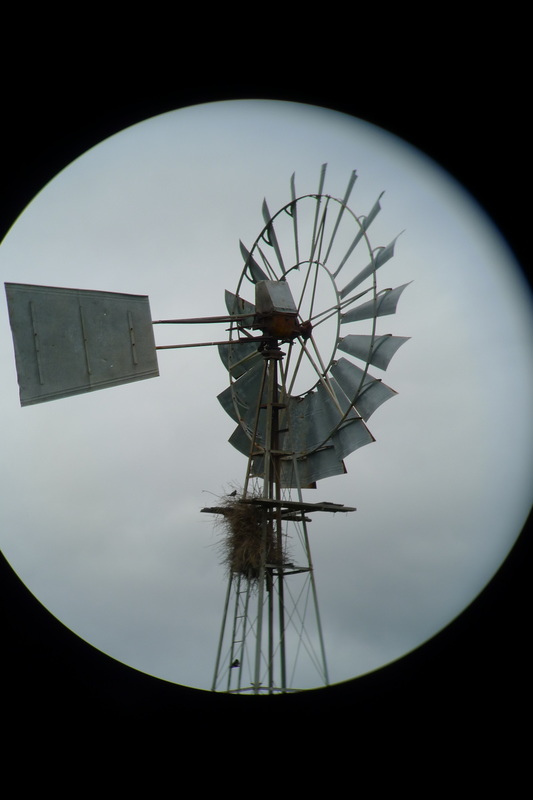
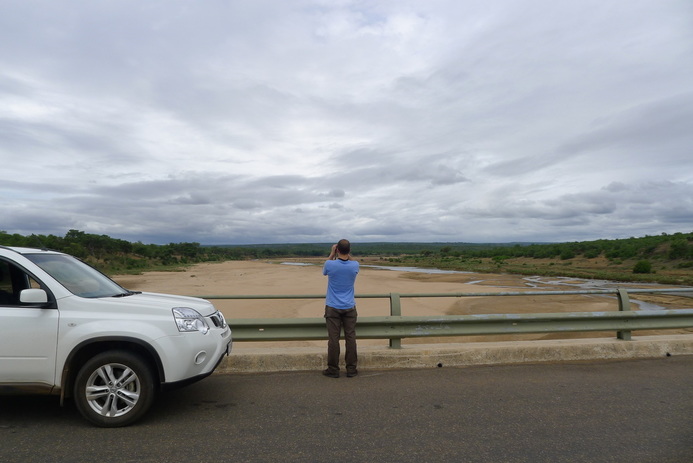
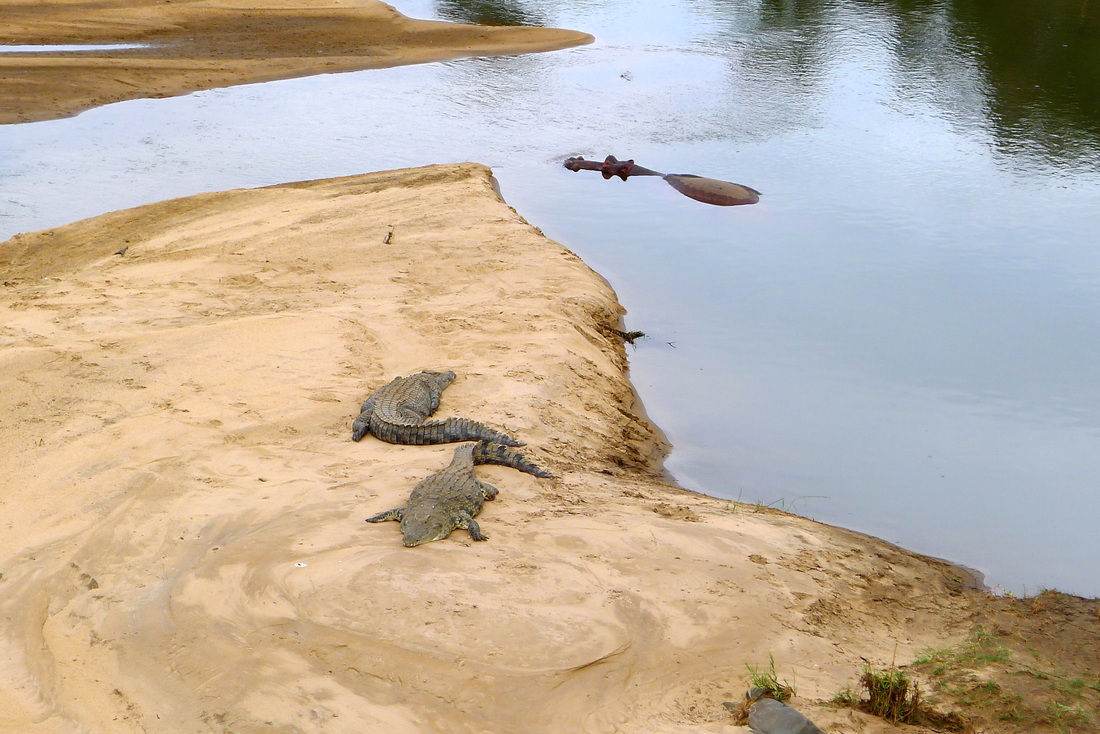
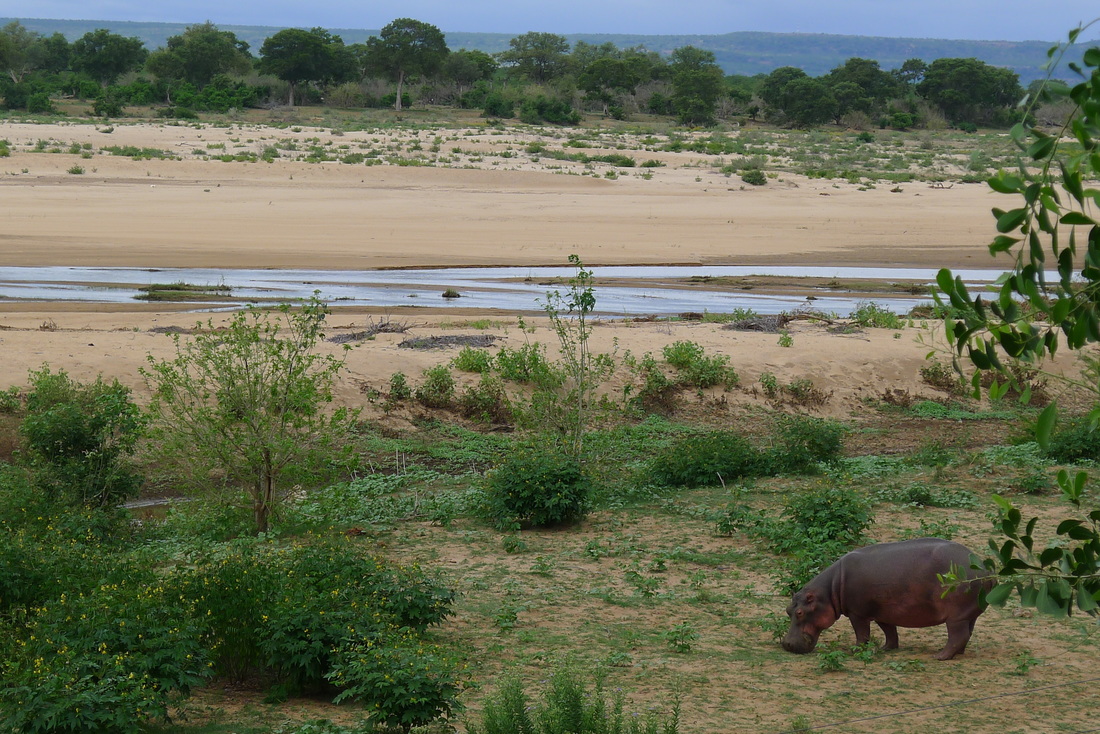
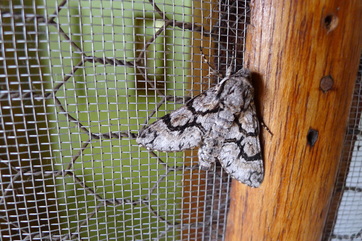
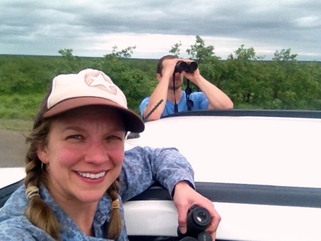
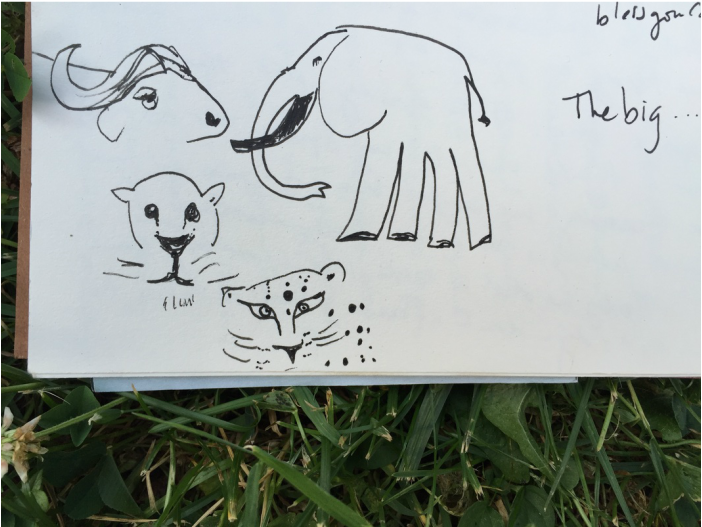
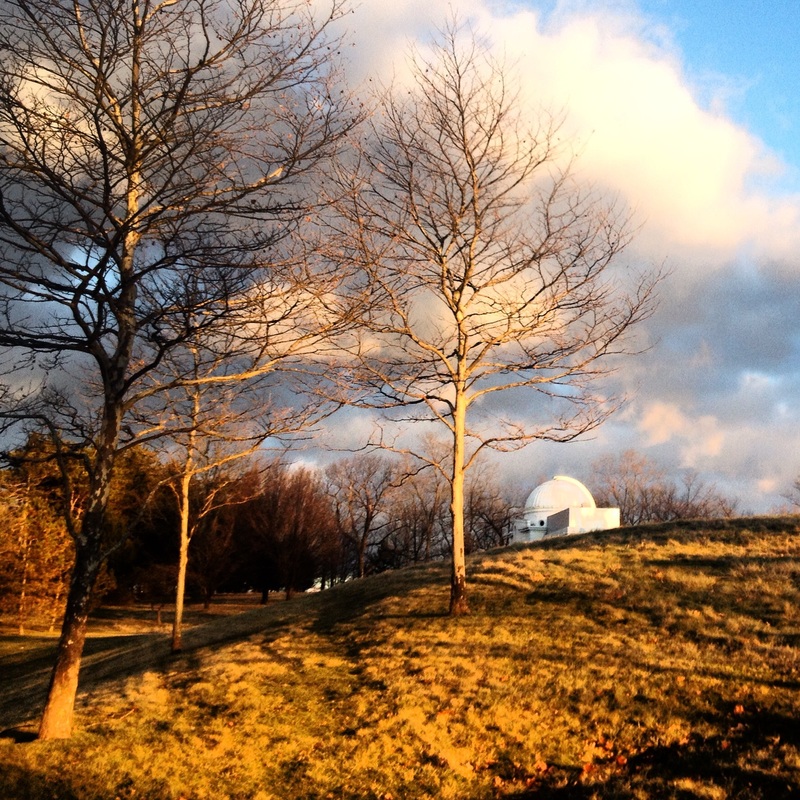
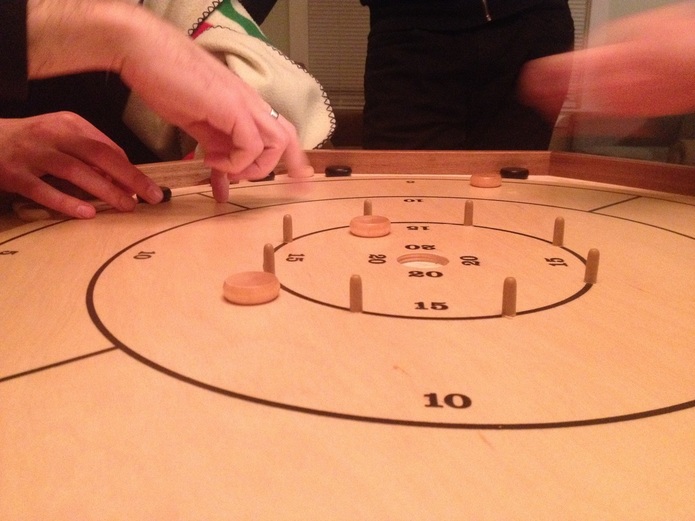

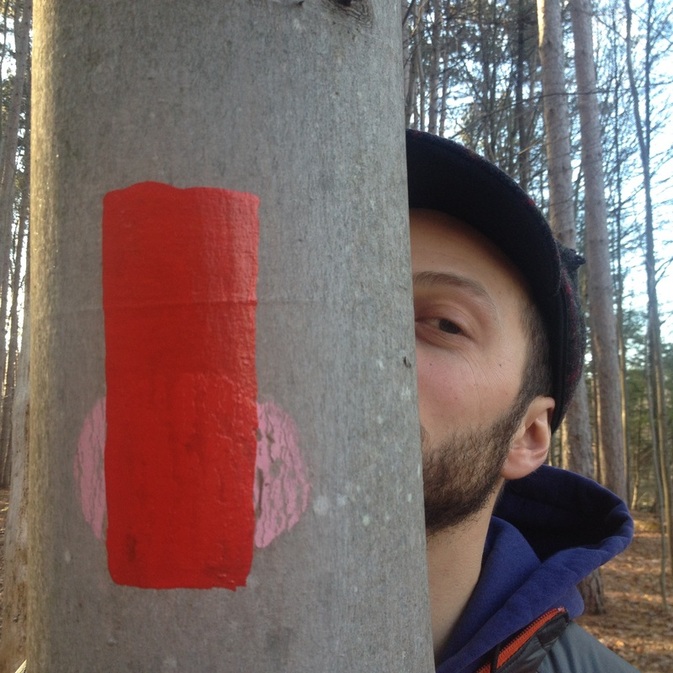
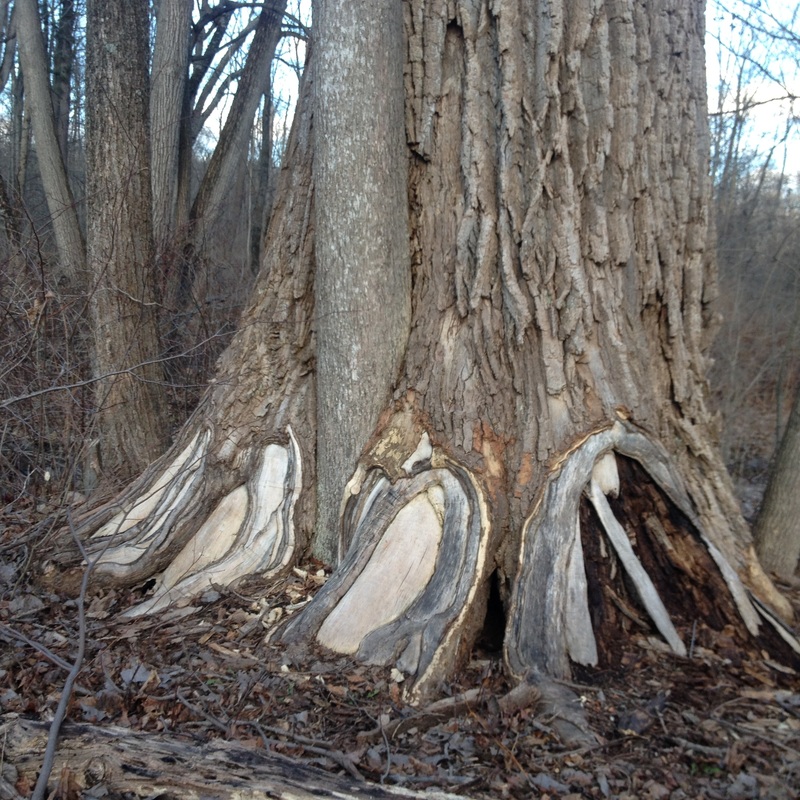
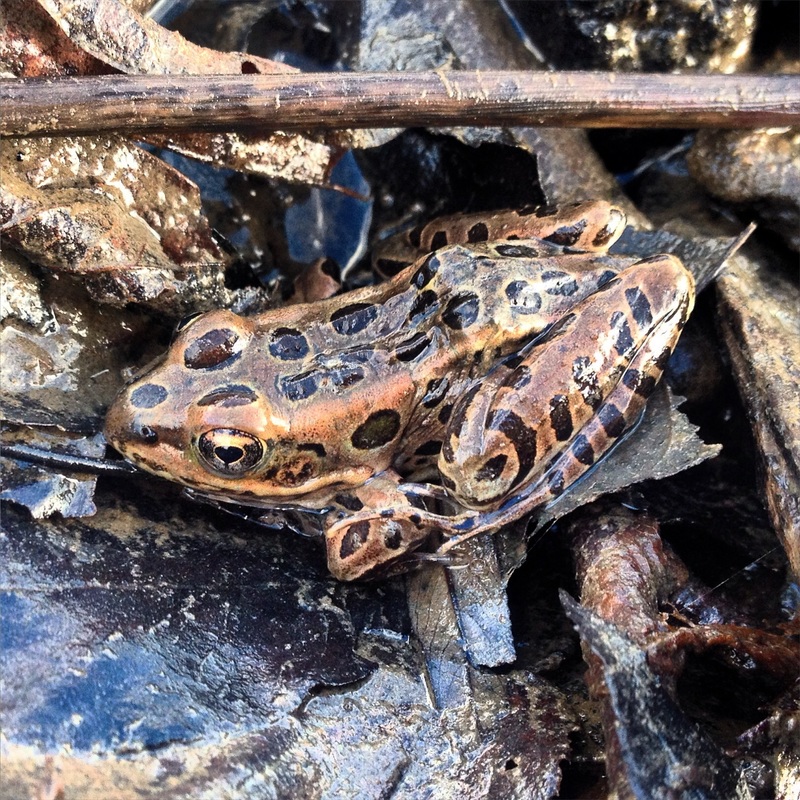
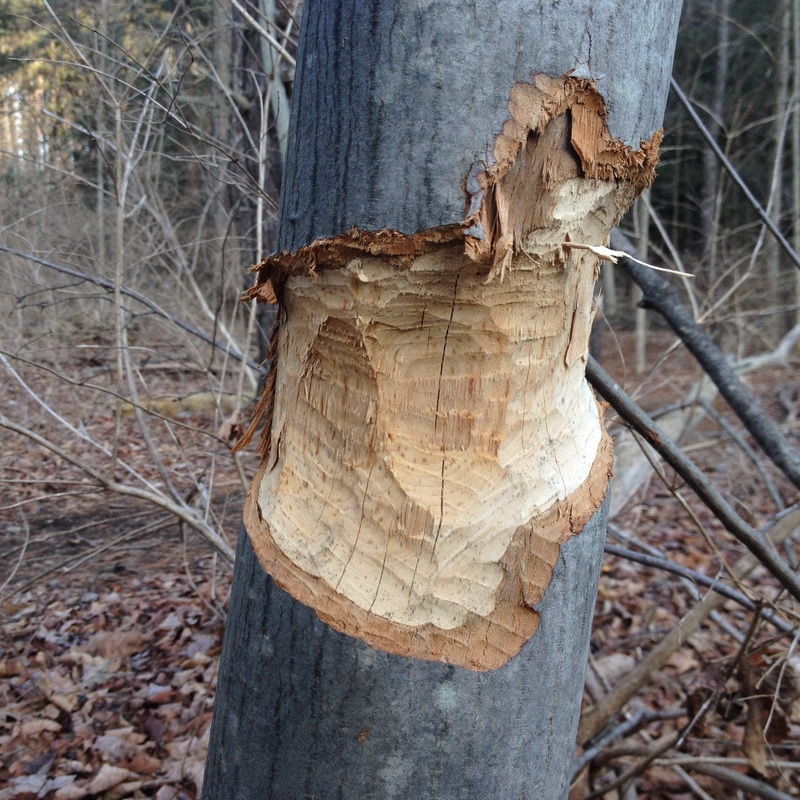
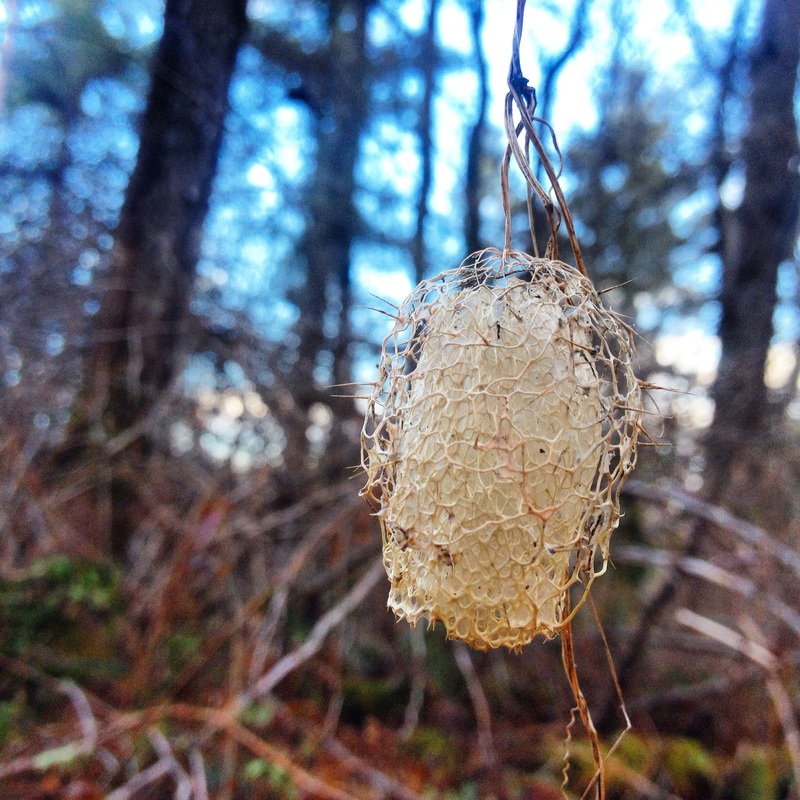
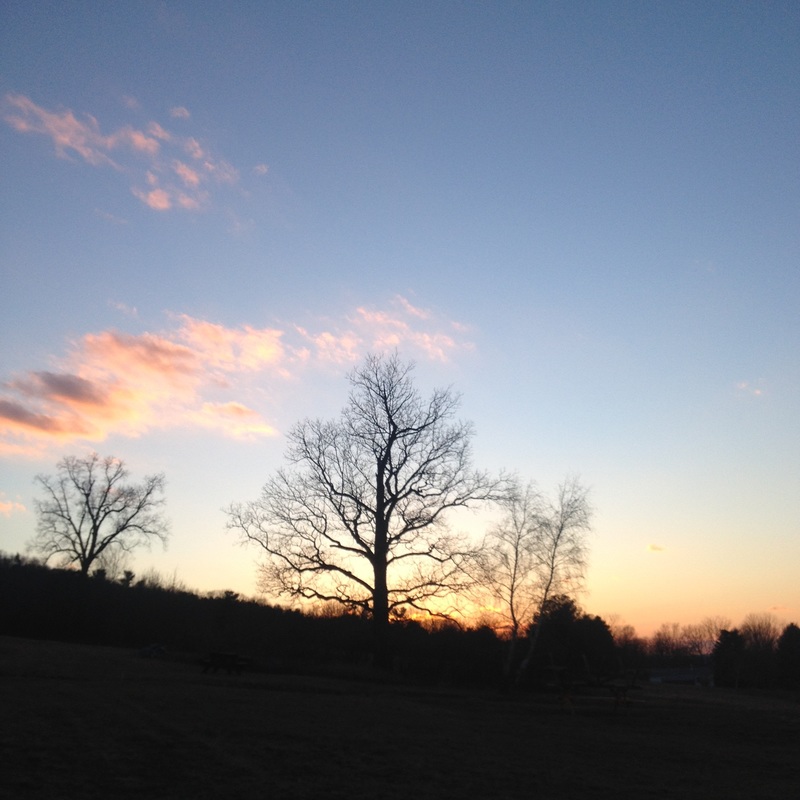

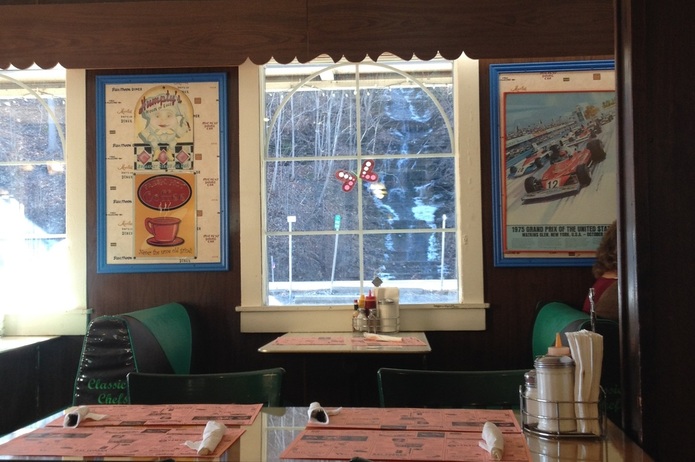
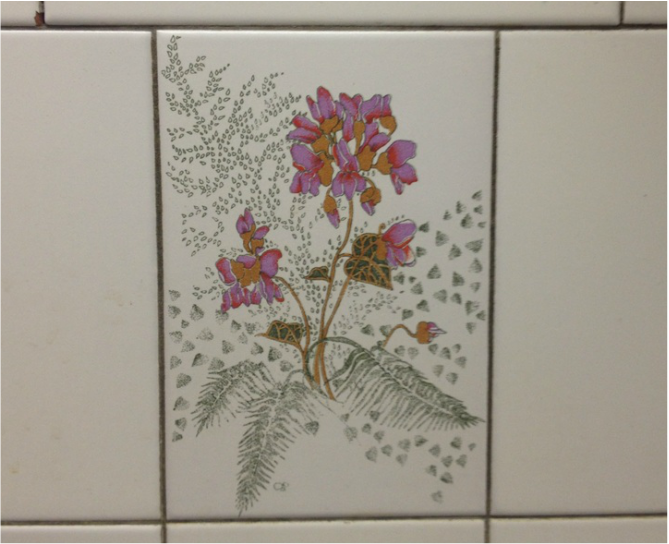

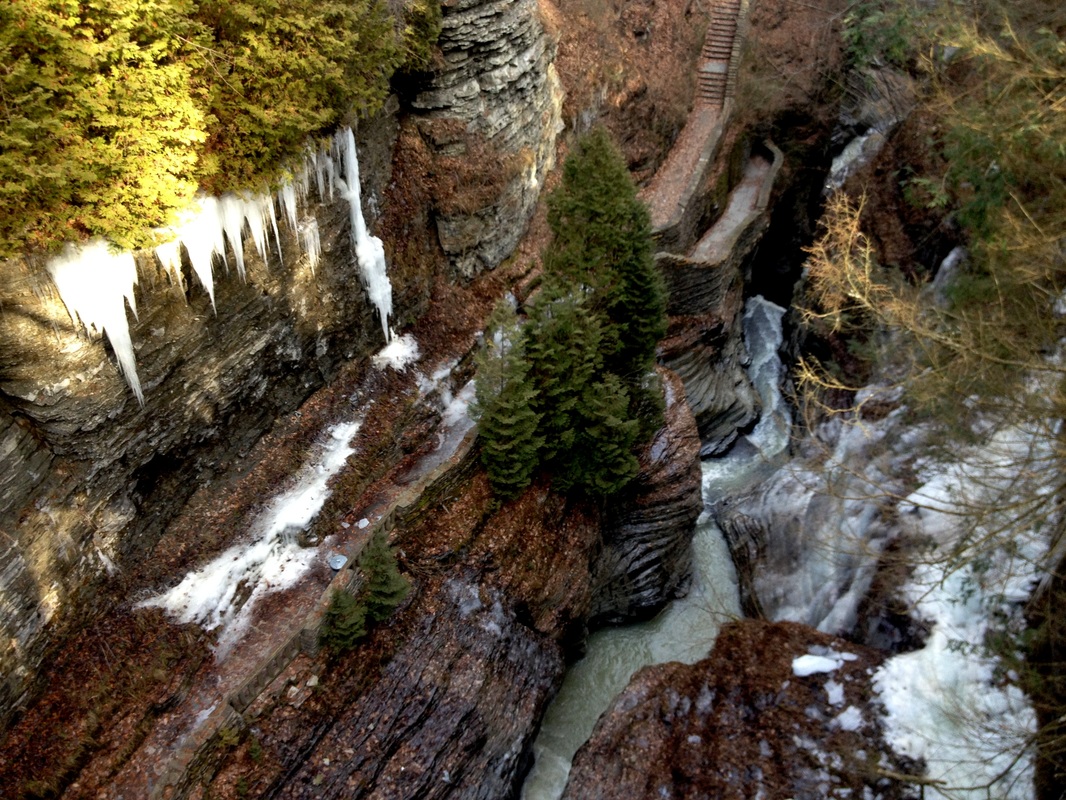

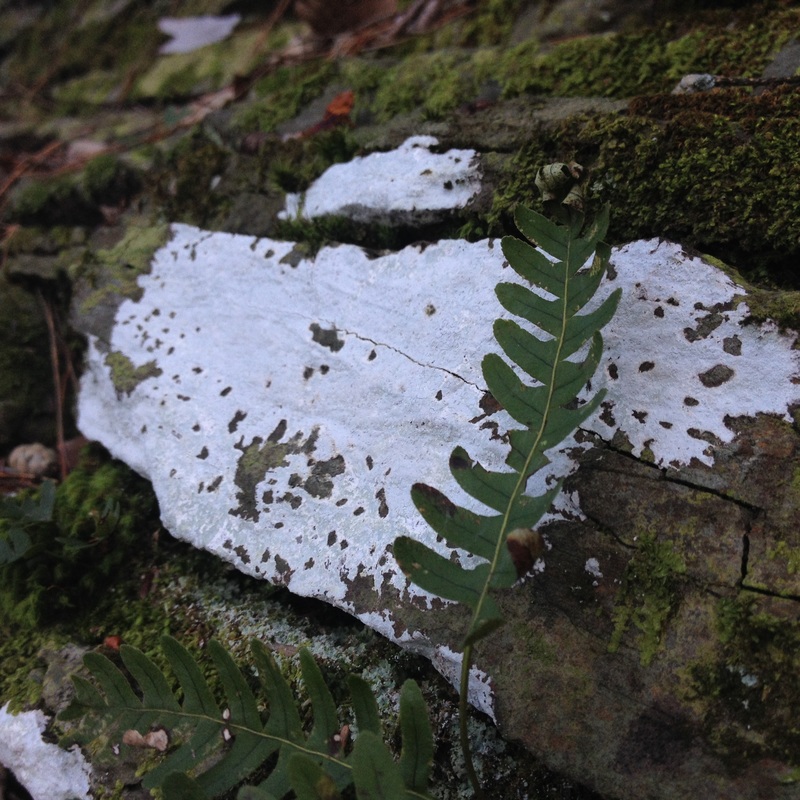
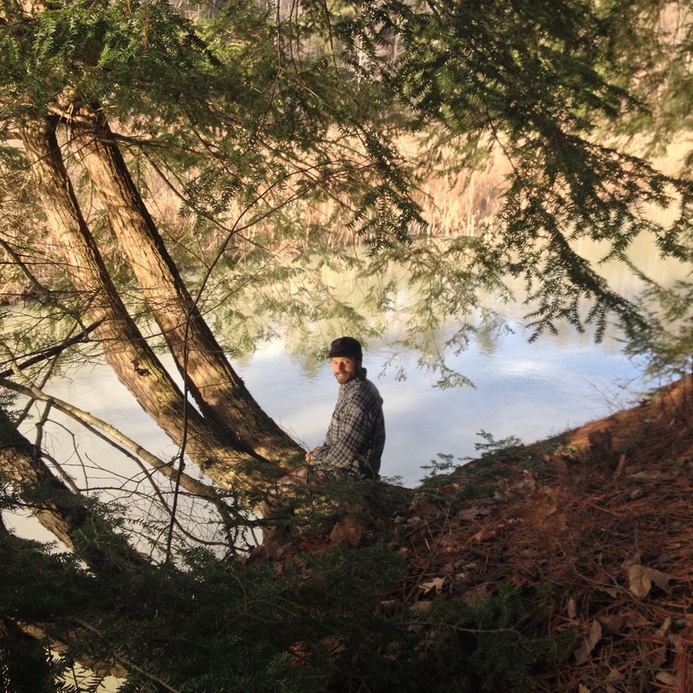
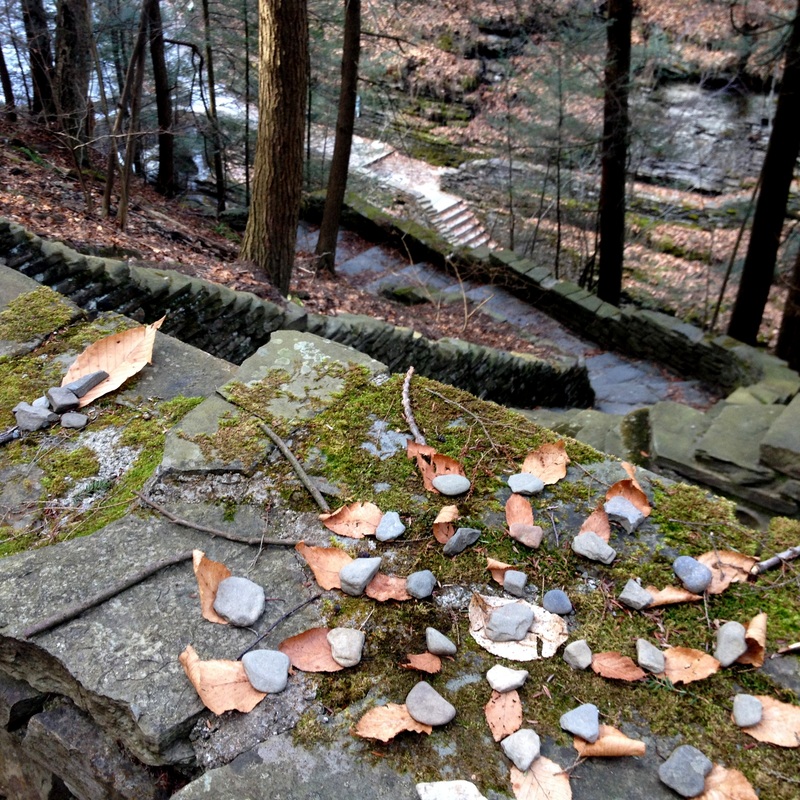
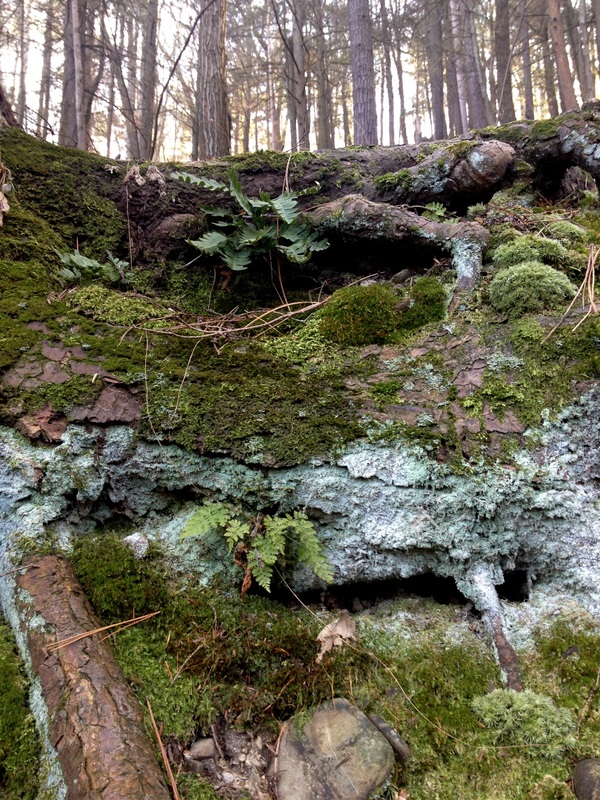
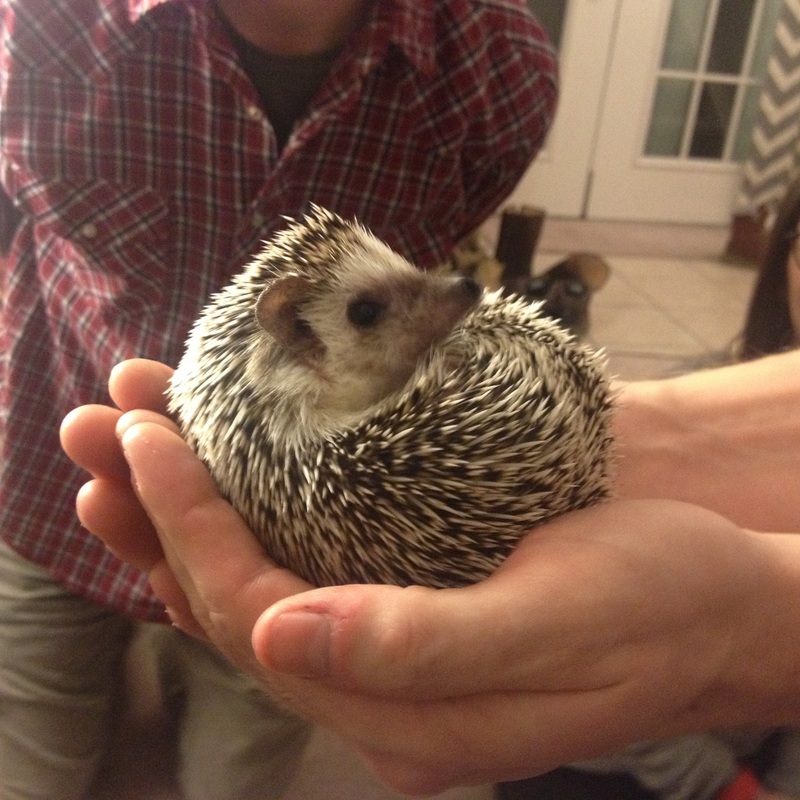
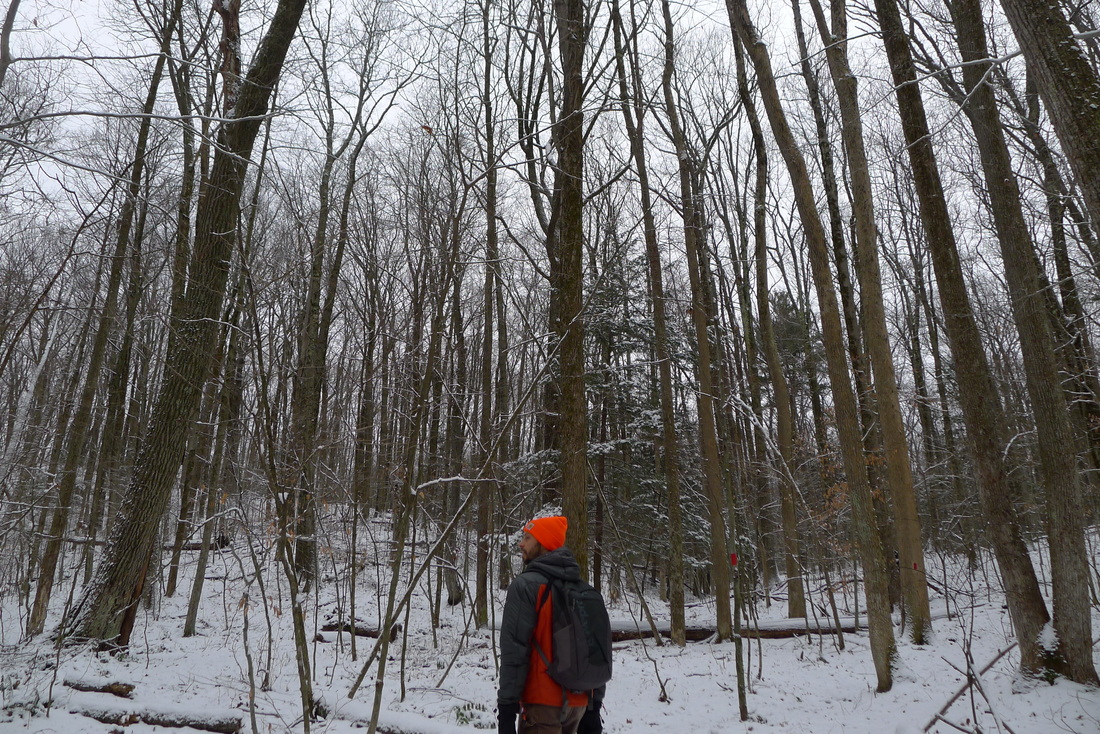
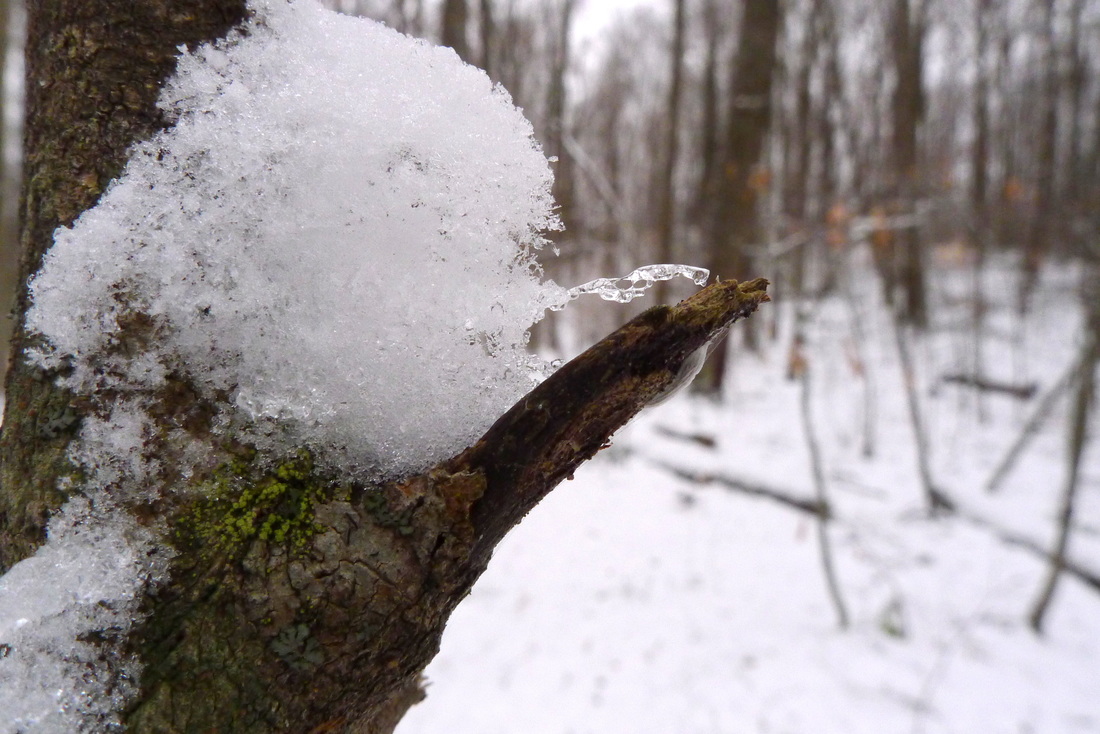
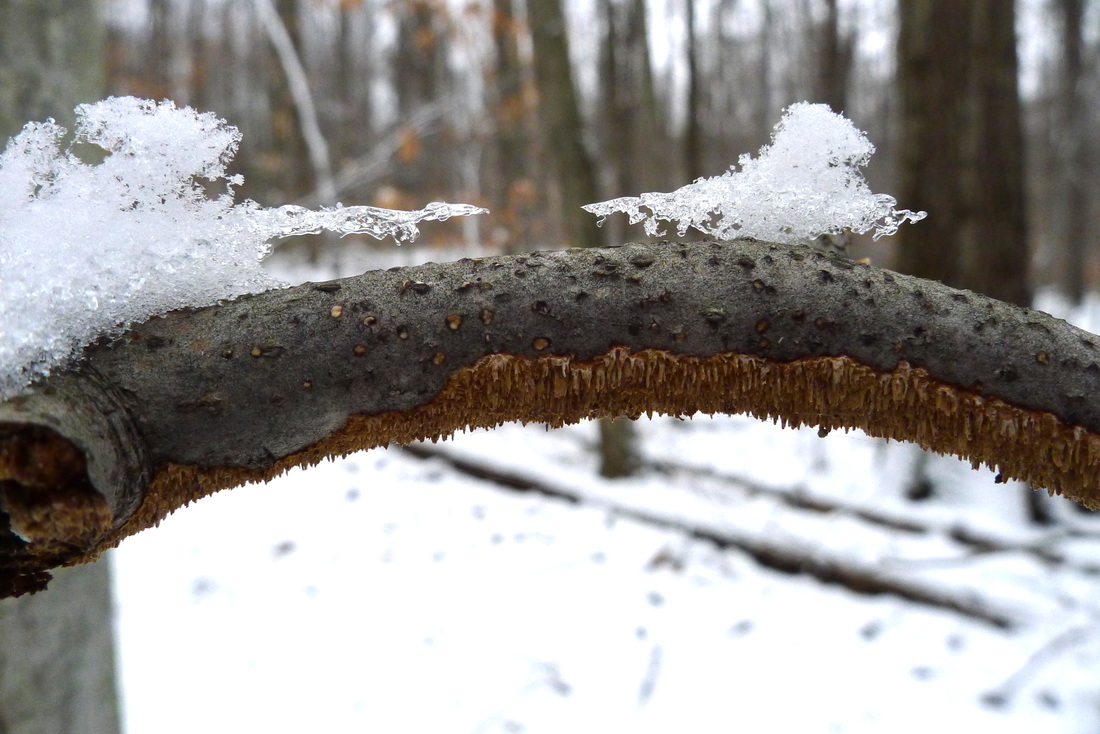
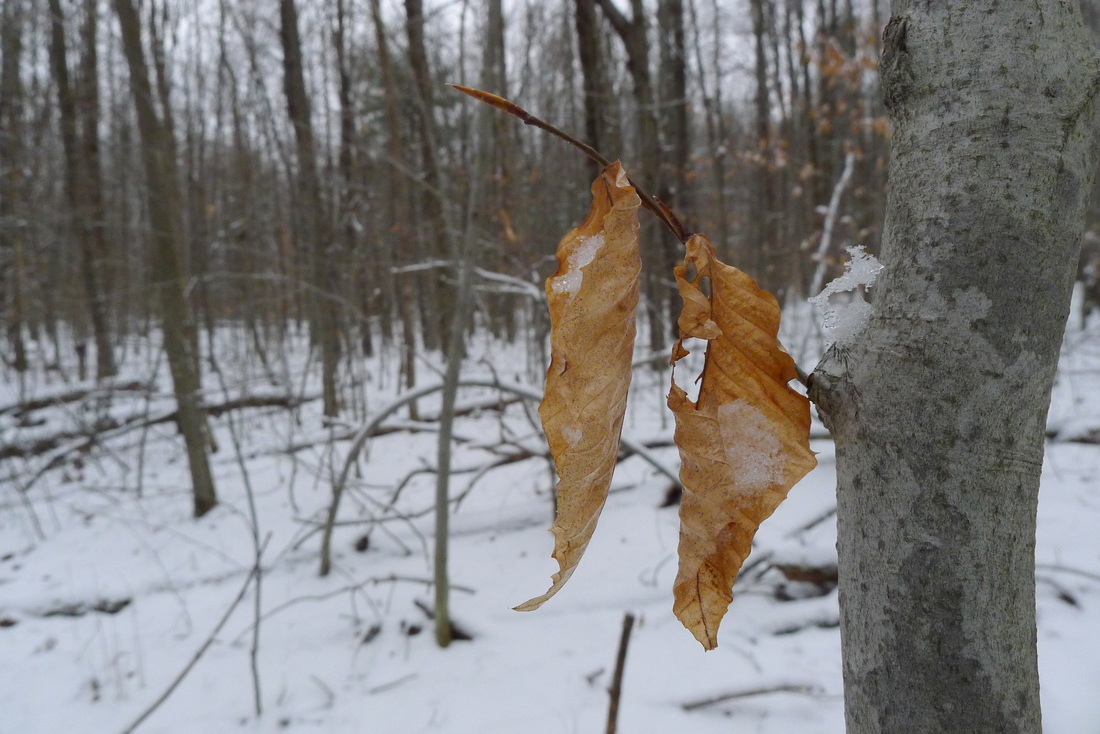
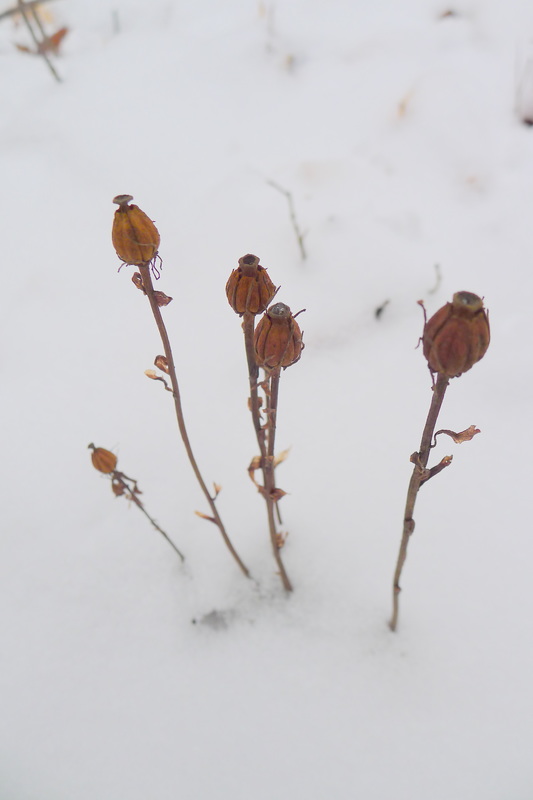
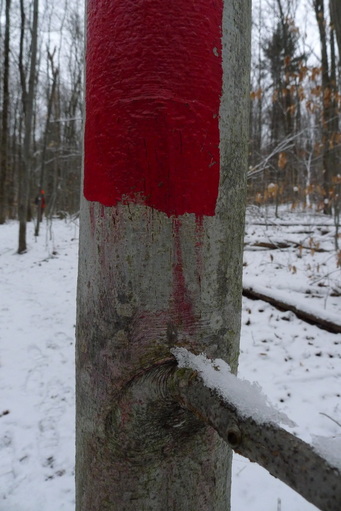
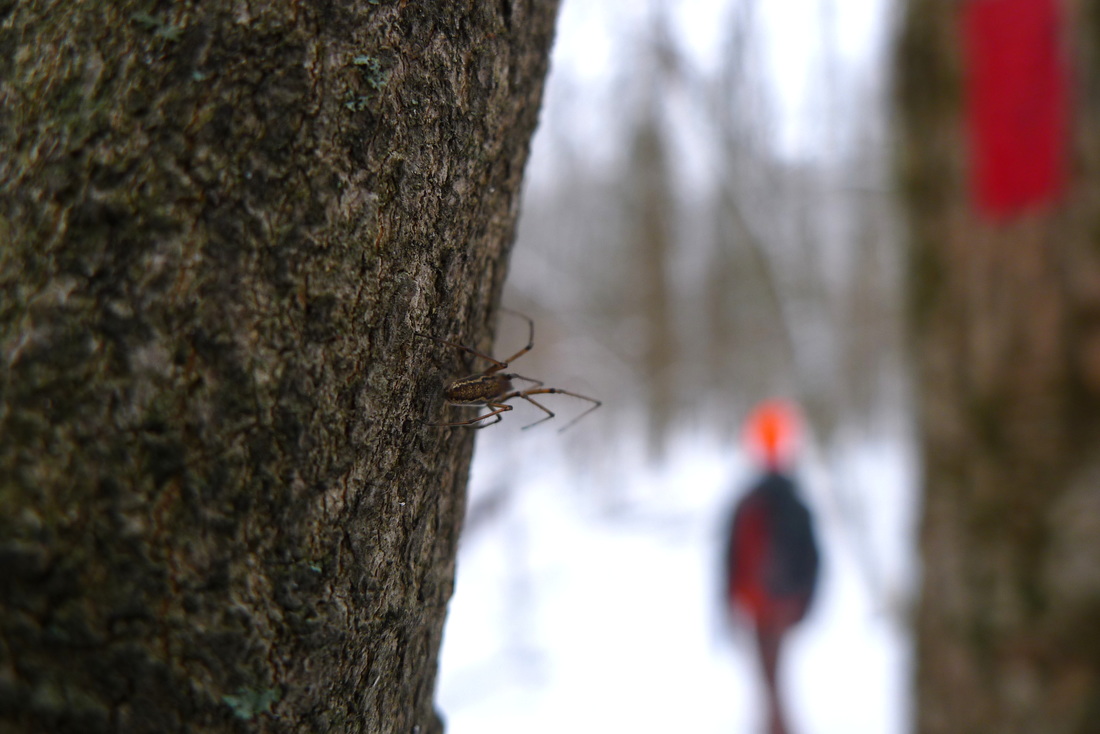
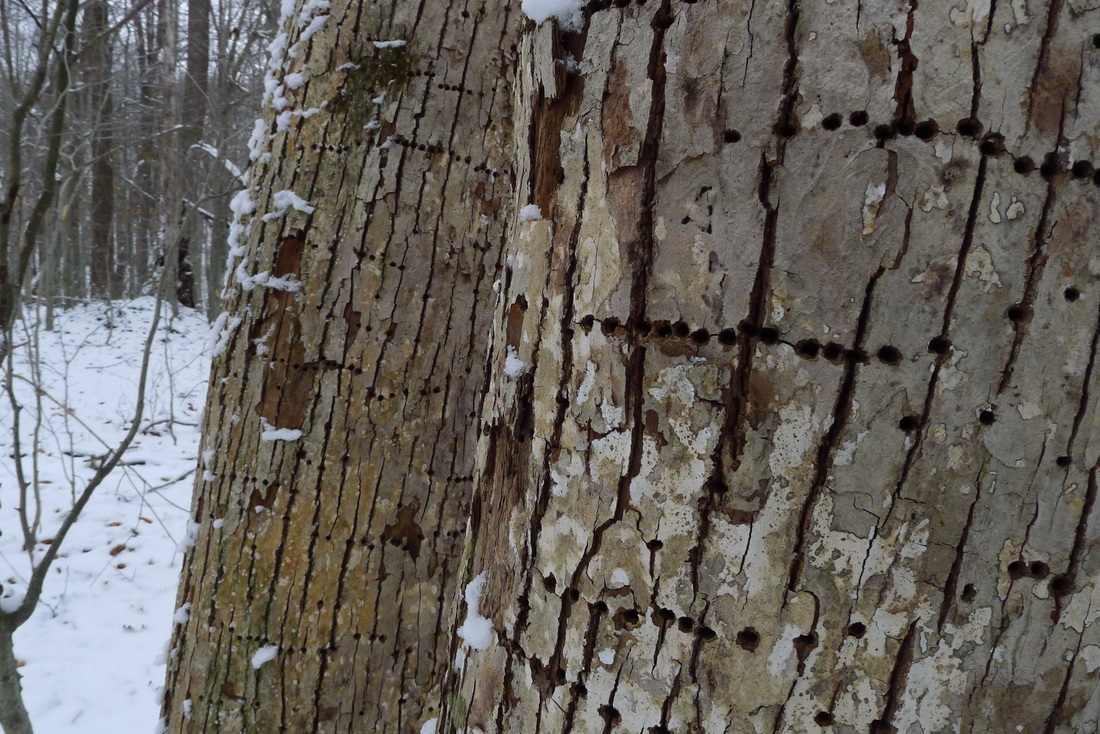
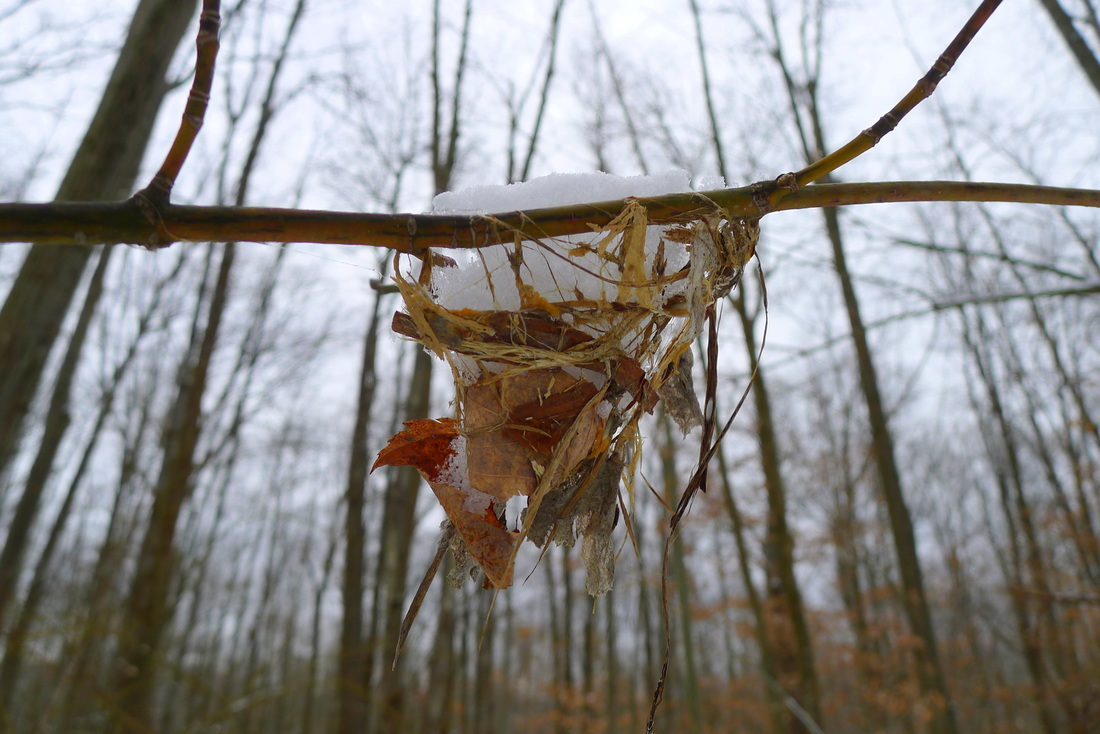
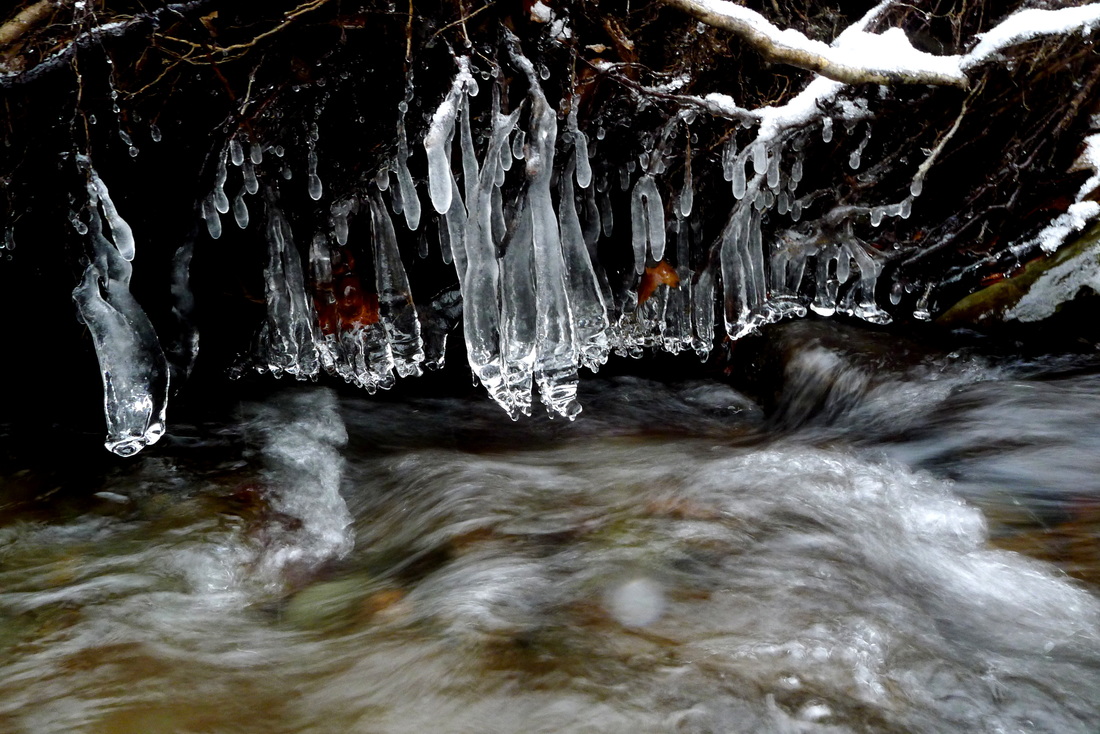
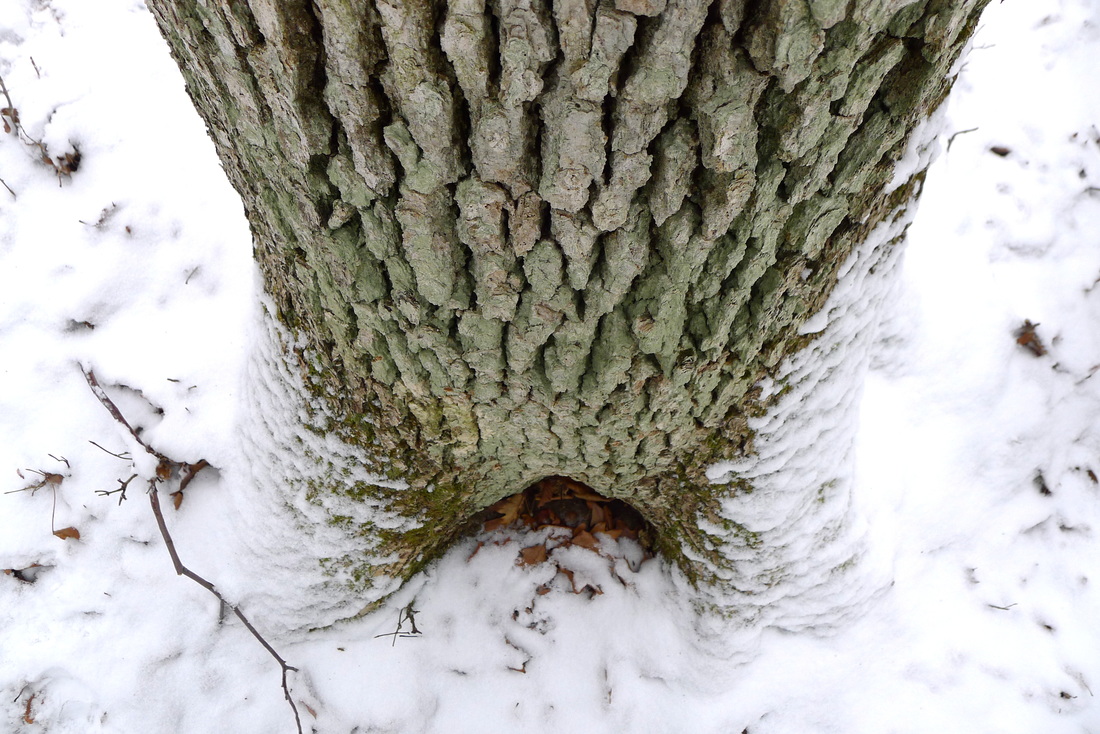
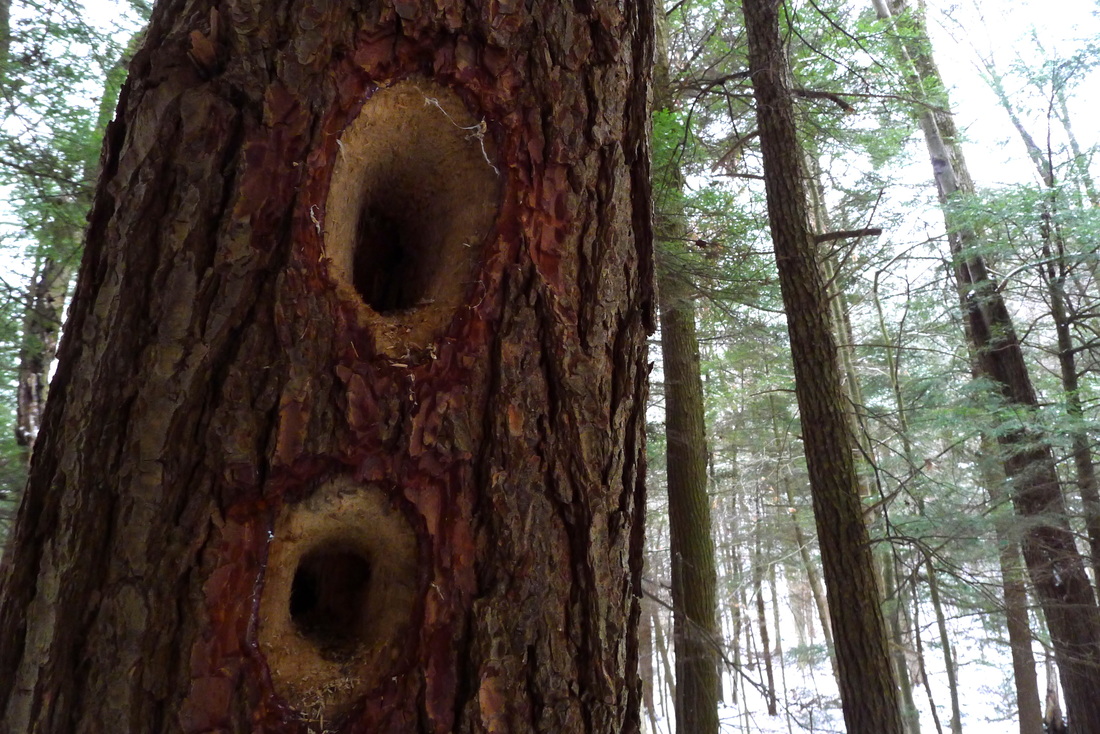
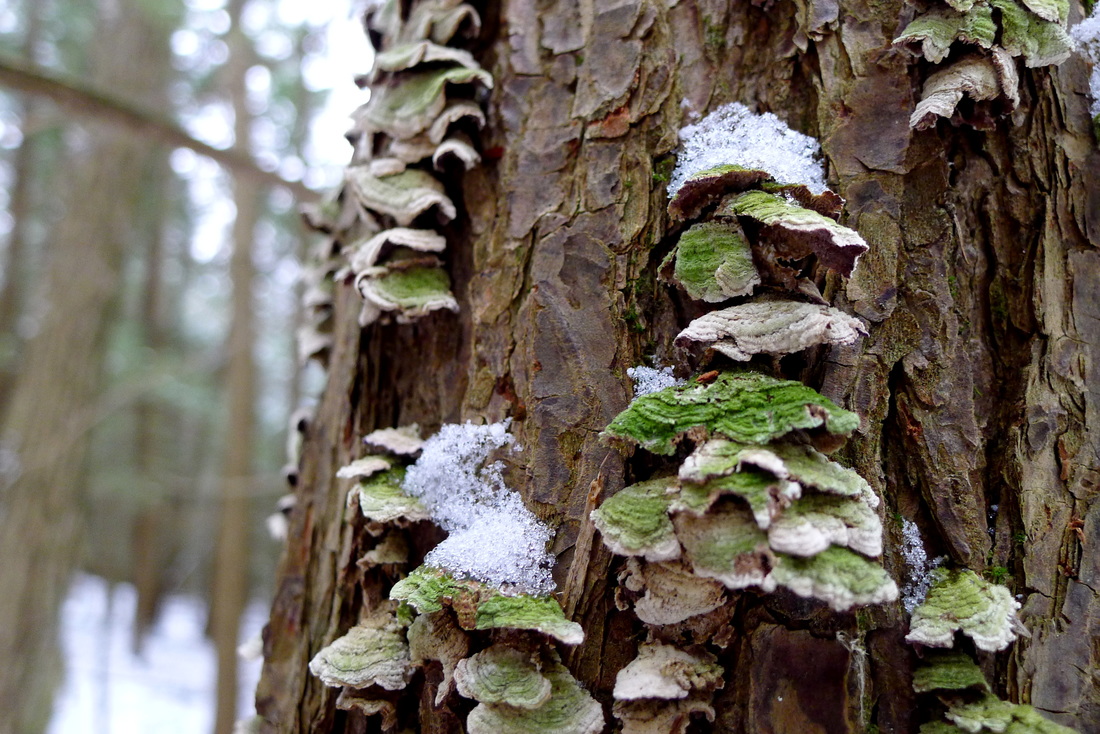
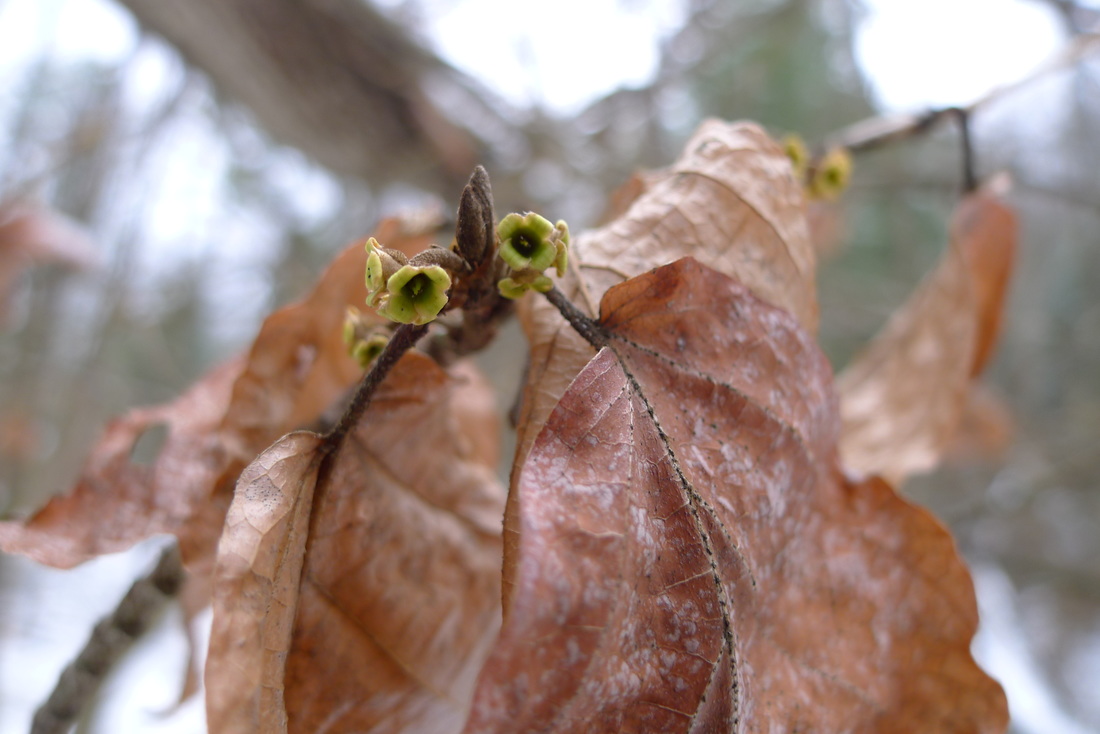
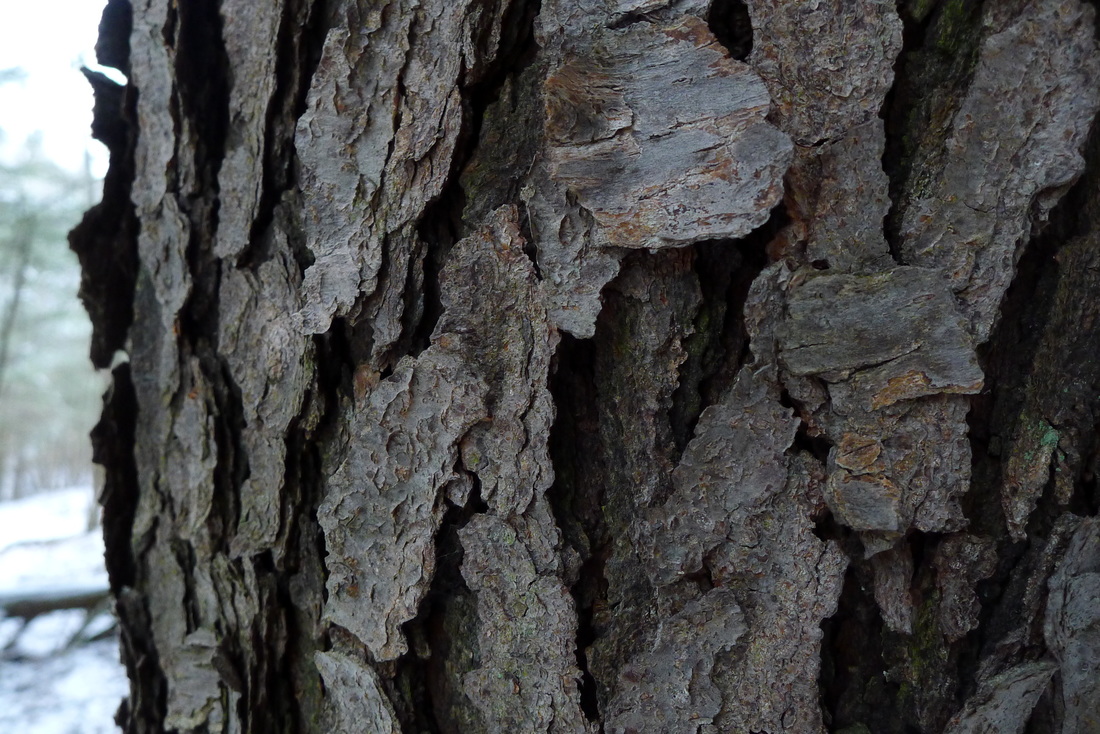
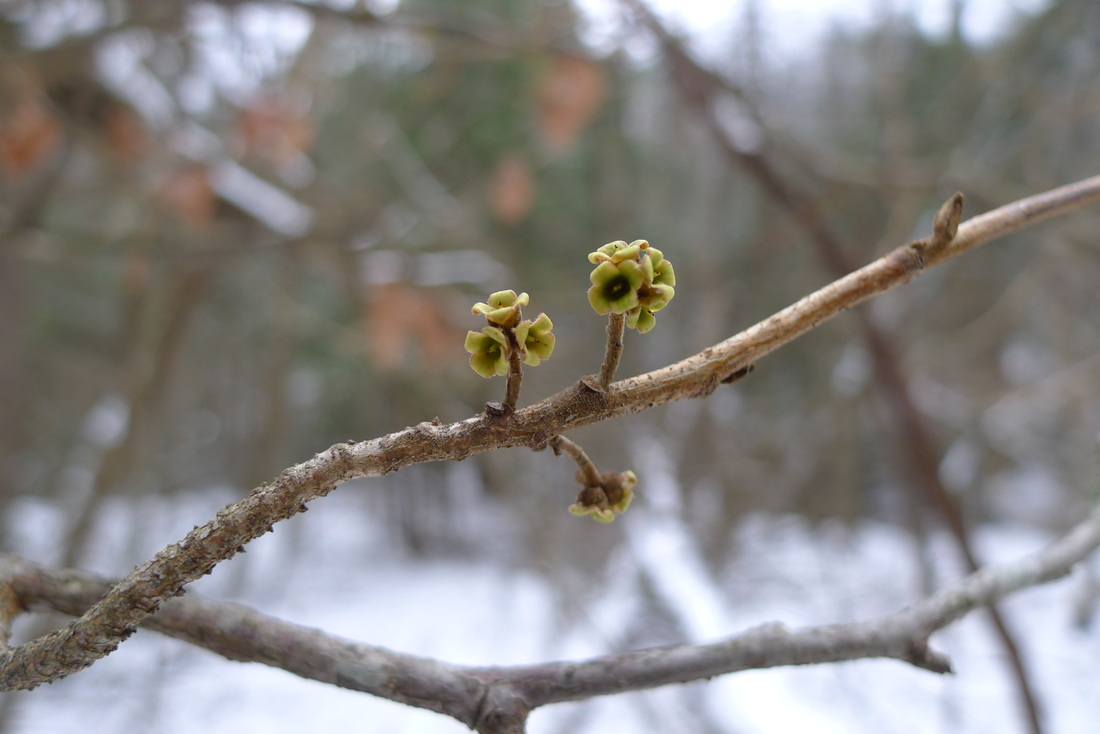
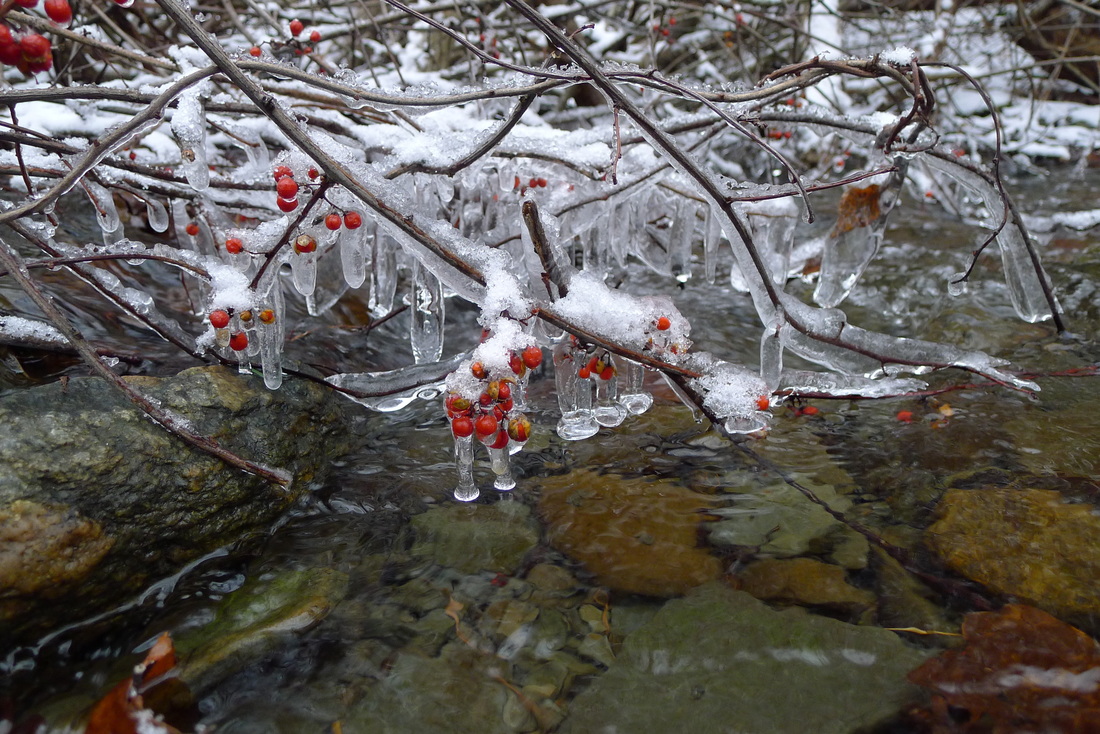
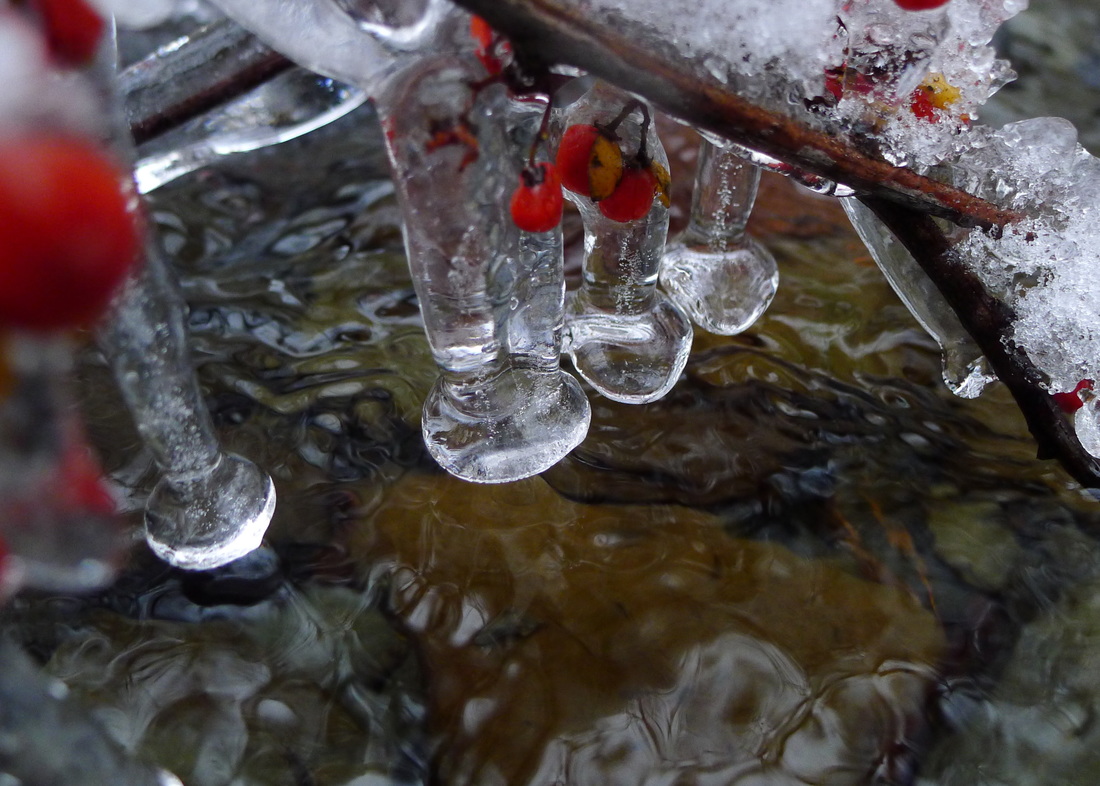
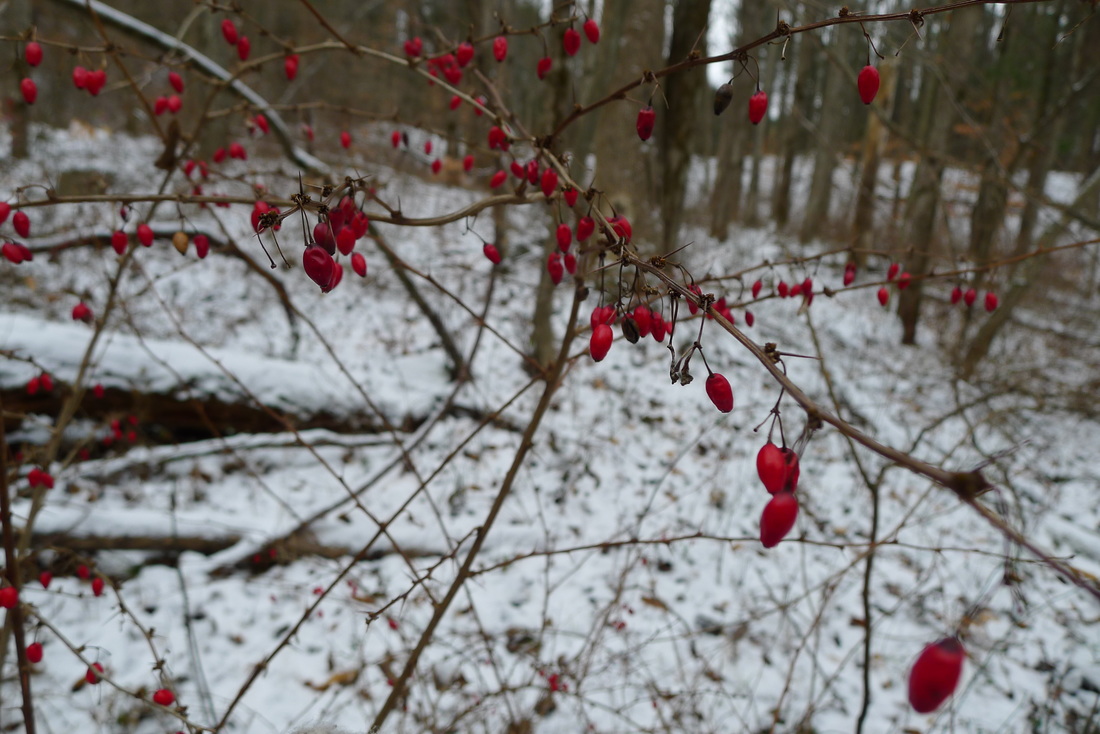
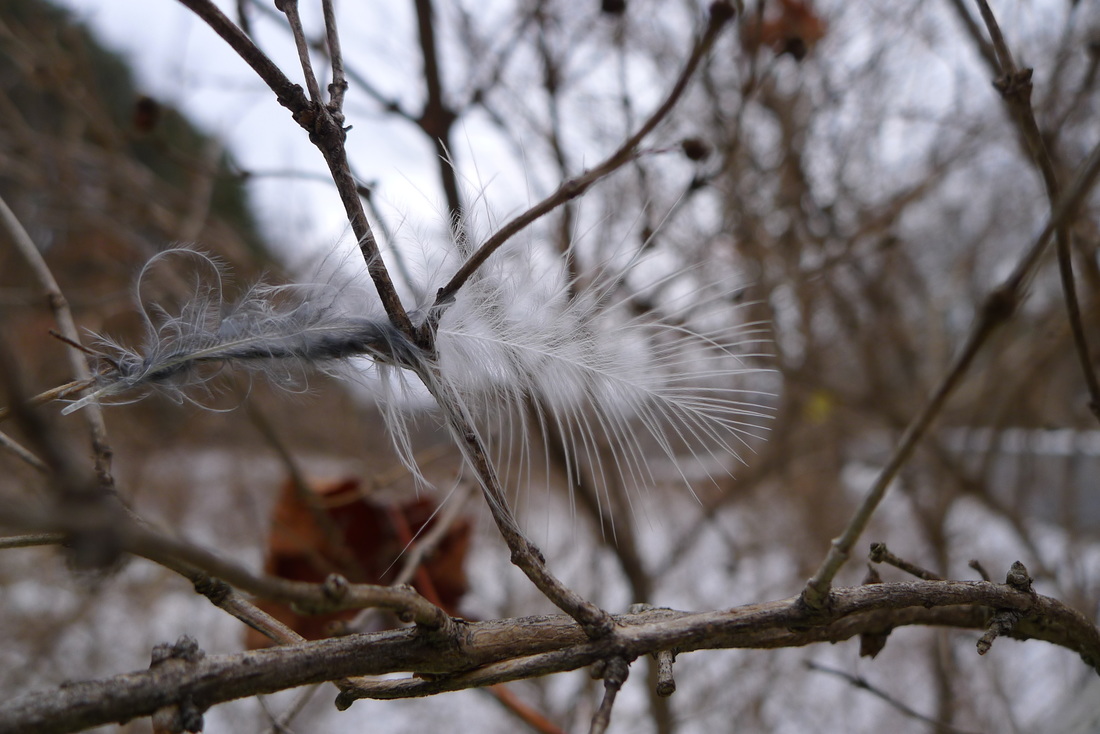
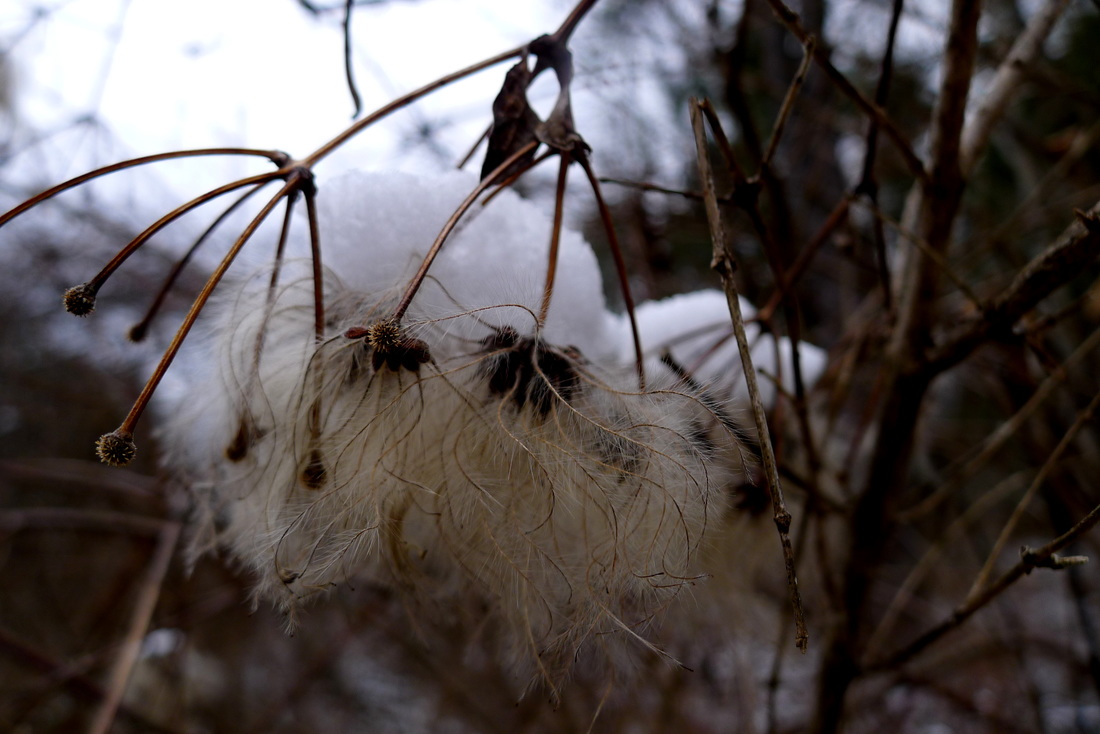


 RSS Feed
RSS Feed
